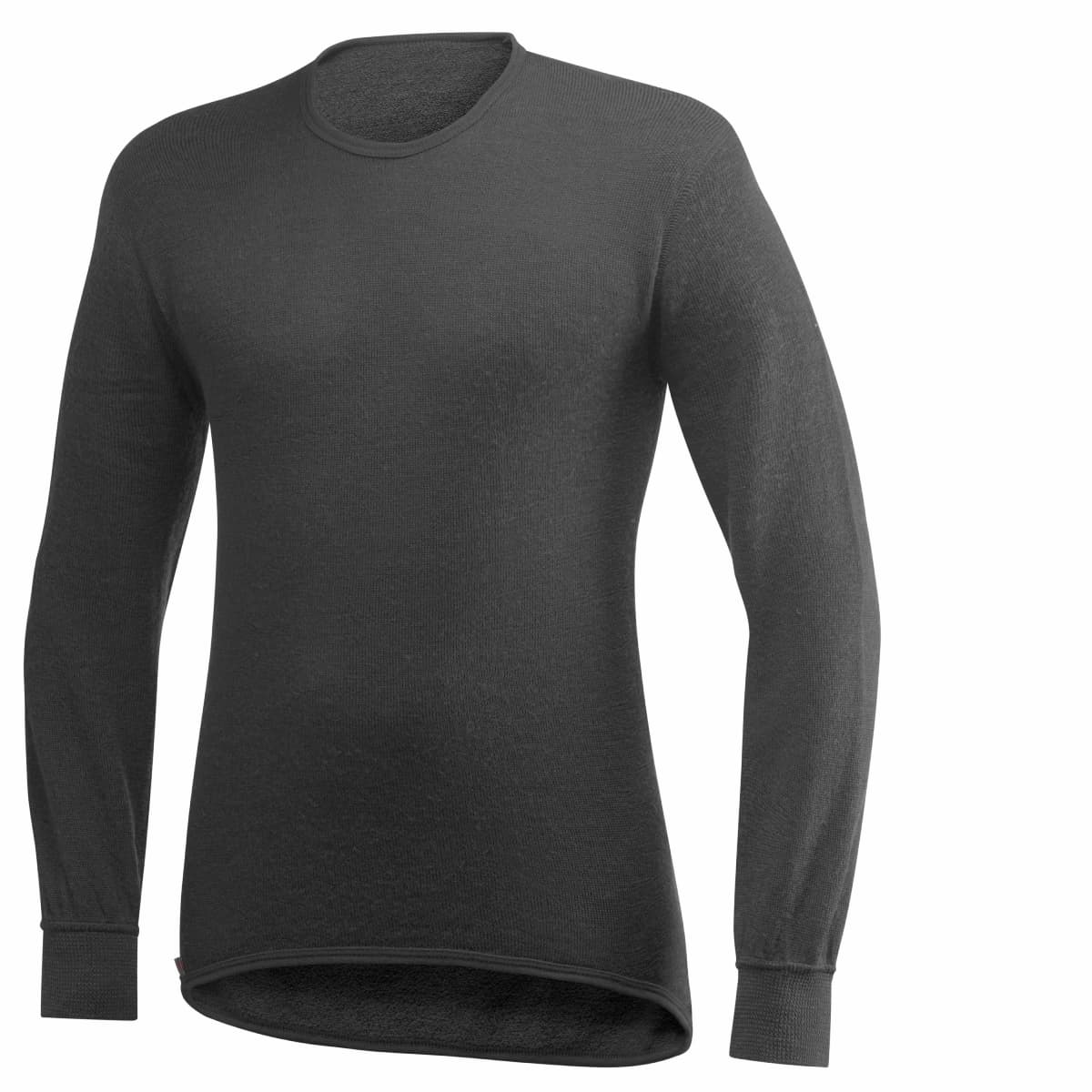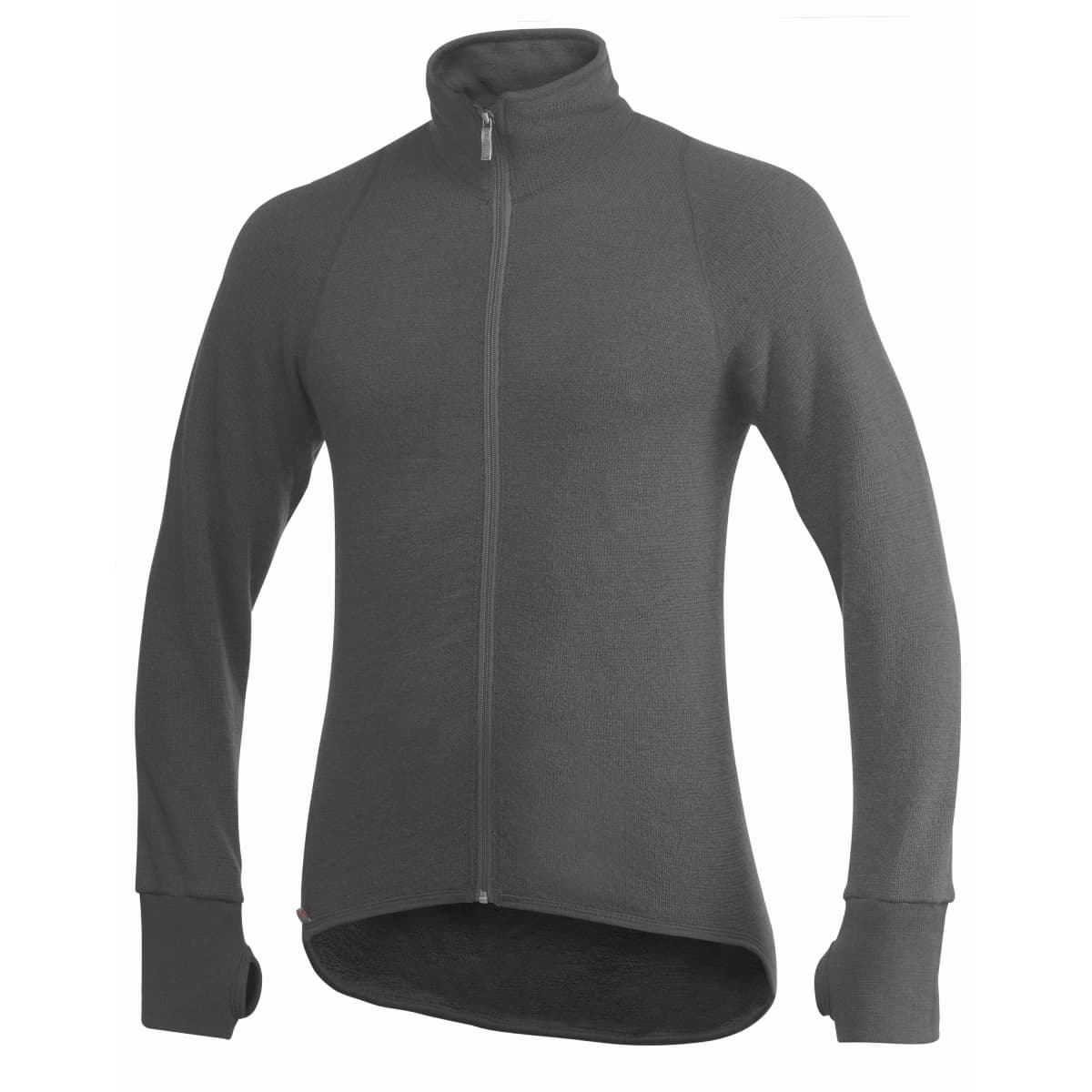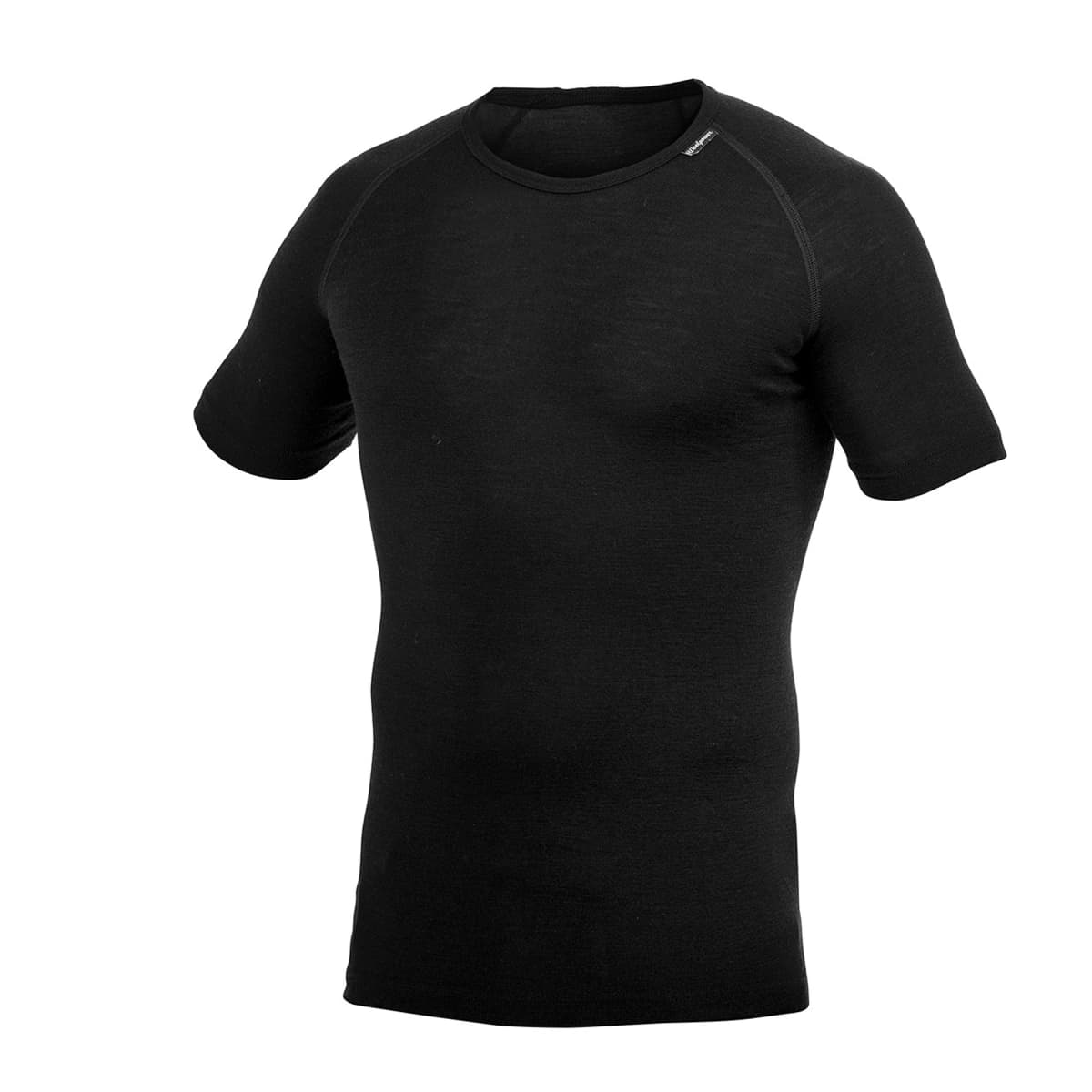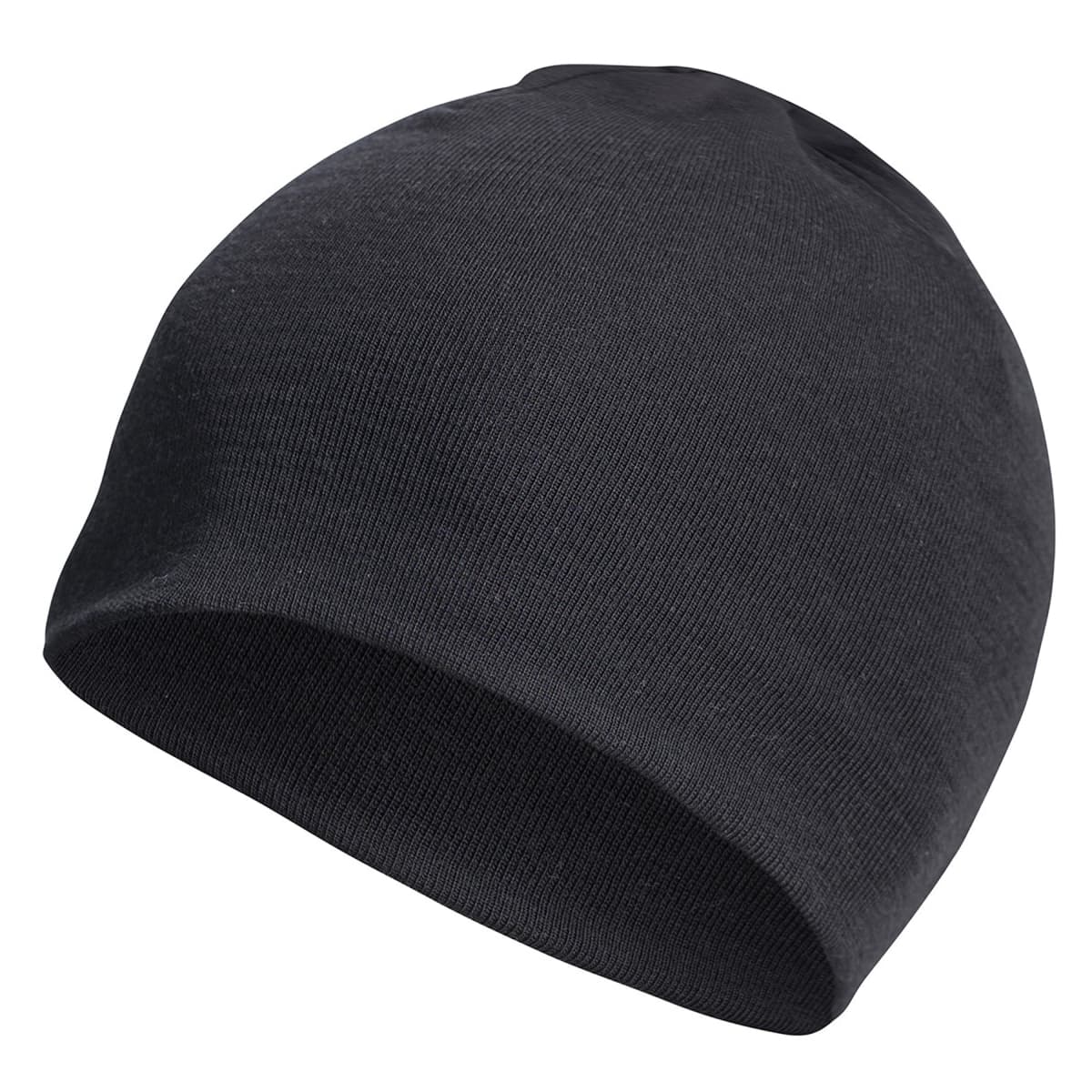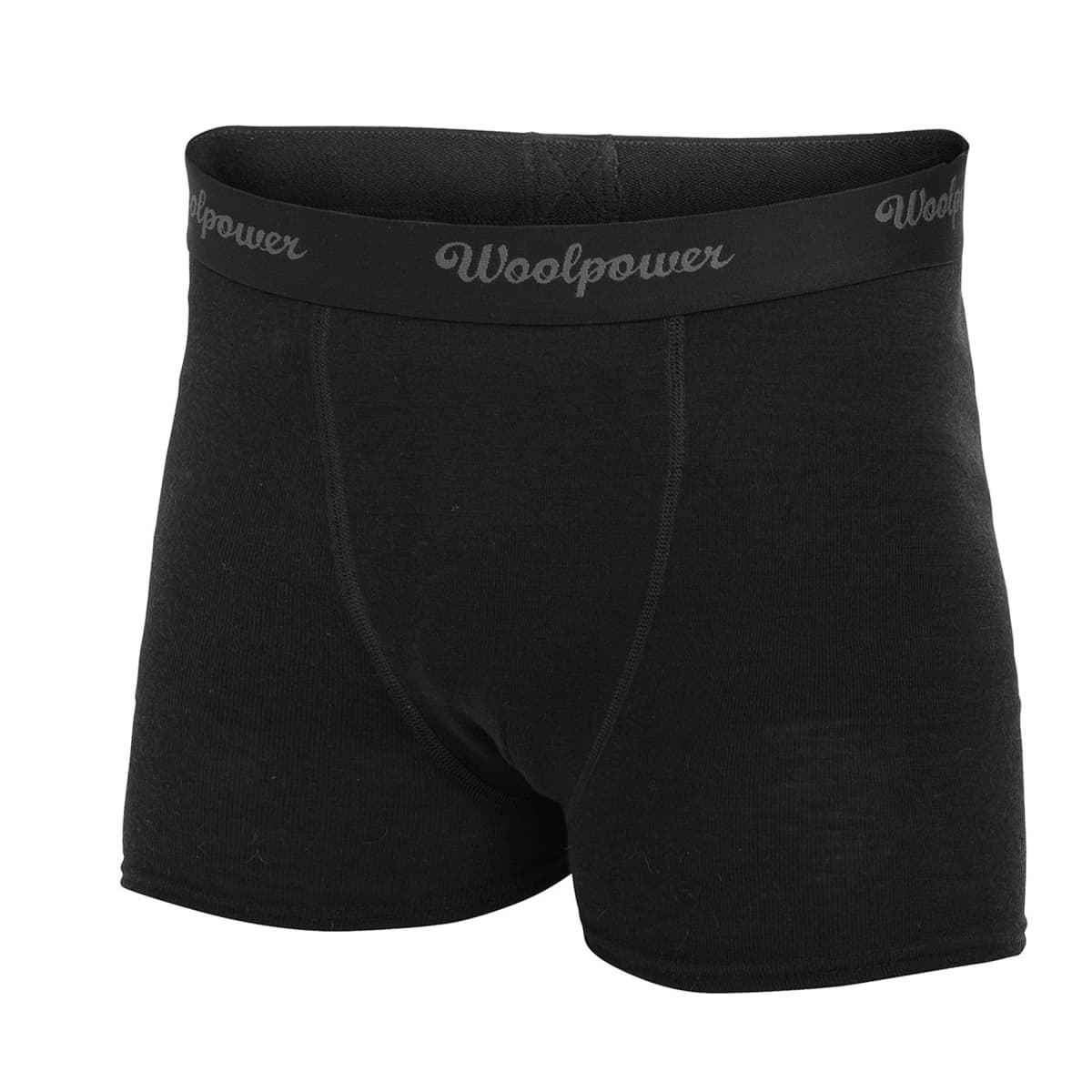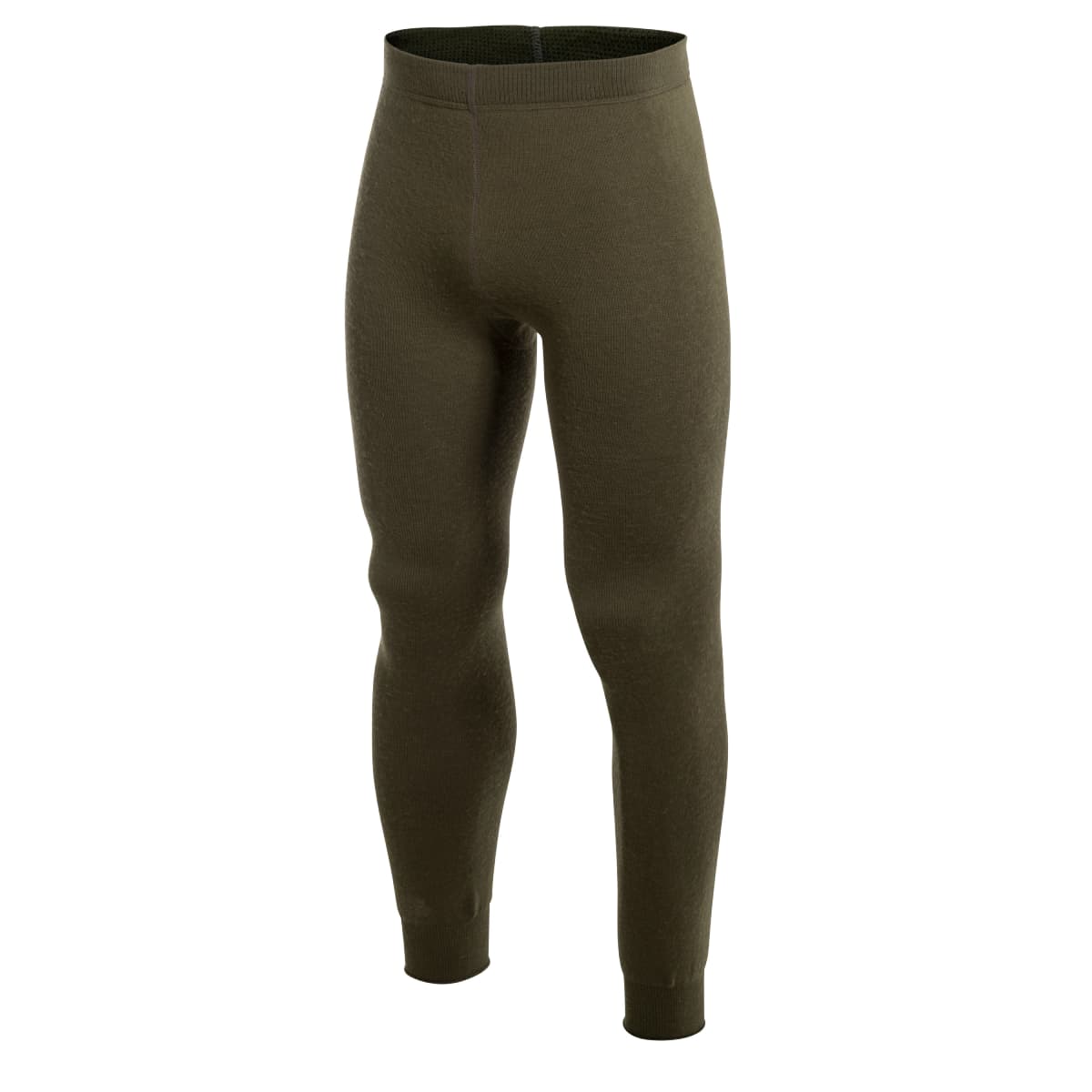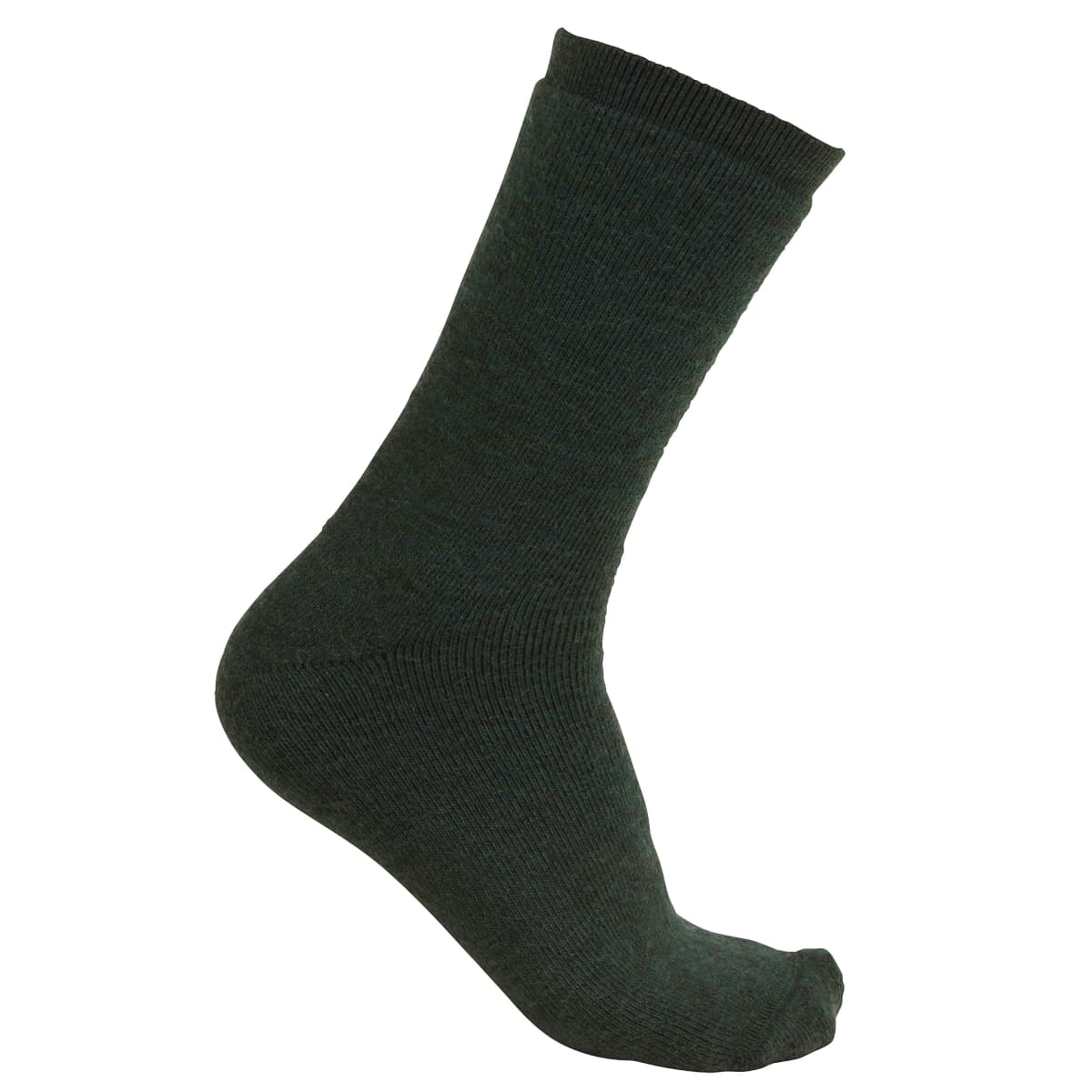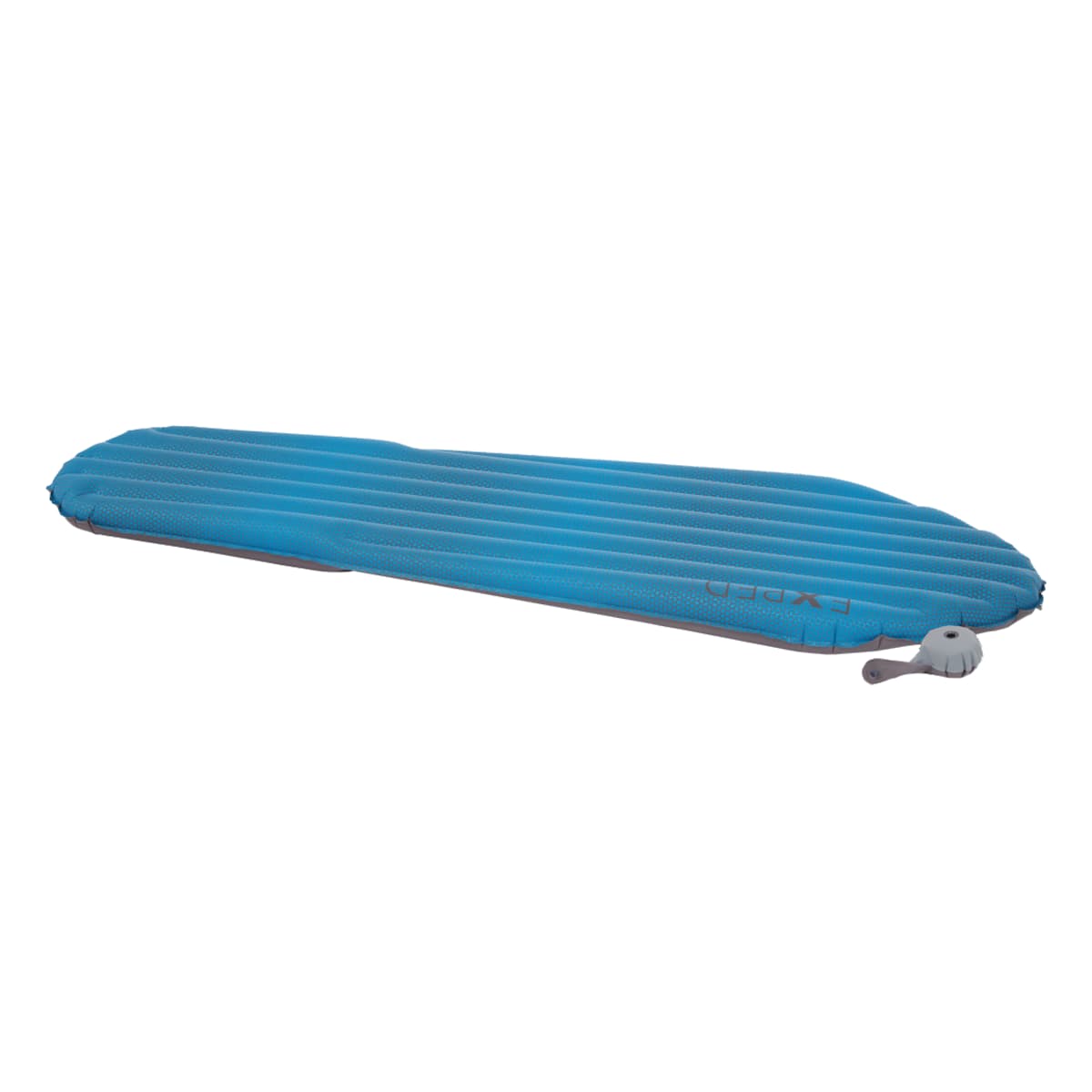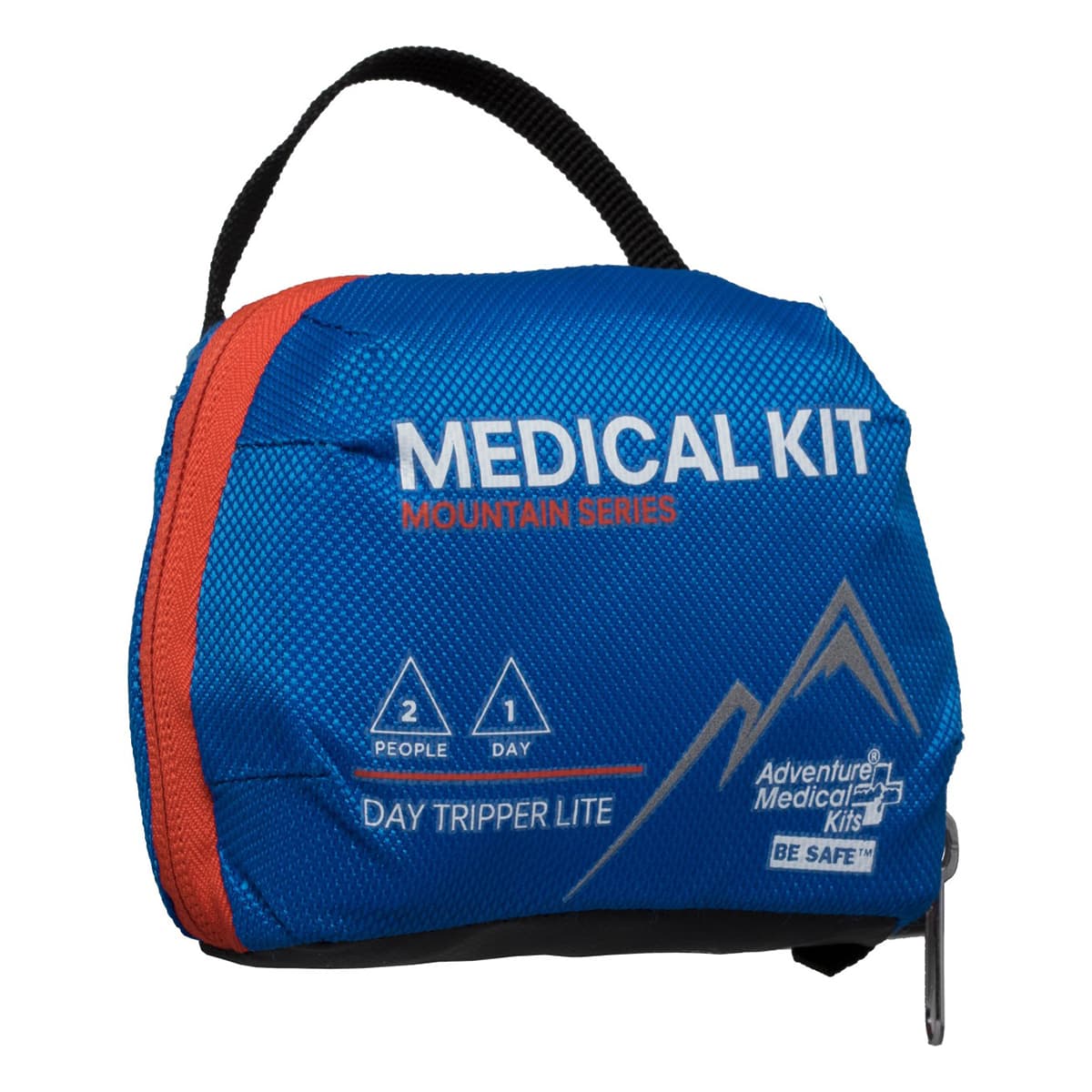Woolpower Adventures In Peru
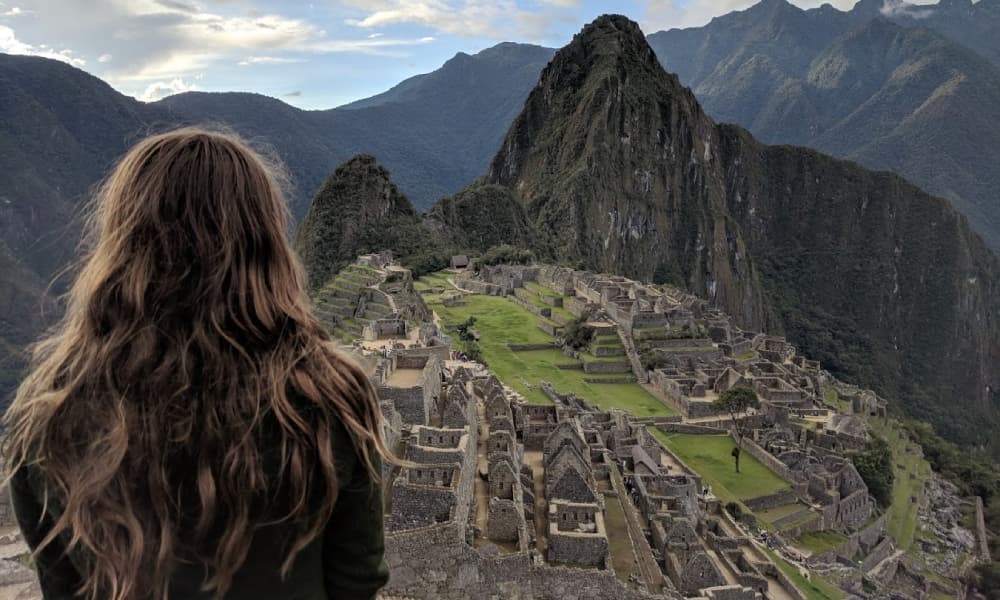
I experience more than simple wonderlust; I have an acute sense of onism (an awareness of how little of the world I'll experience before I die), so when I began planning our three-week trip to Peru, the plan, as with every trip, was to see and do as much as possible.
My daughter Kaylyn, 14 at the time, shares my passion for global experiences and I couldn't ask for a better travel partner for such an adventure.
The capital of Peru, Lima. Peru's version of the Galapagos Islands, Paracas. Dune buggying in the oasis of Huacachina. A flight into Cusco, the religious and administrative capital of the Inca Empire. Time in the Sacred Valley of Urubamba. An all-day and overnight hike up the Inca Trail to the historic Machu Picchu. A bus ride across the country to Lake Titicaca to experience the floating reed islands. And finally, a flight up north to Iquitos followed by a boat ride deep into the Amazon jungle, to a remote hotel where we'd unplug.

Food. Art. Culture. History. Politics. Language. Nature. Adrenaline.
This trip had it all.
As I flipped through the itinerary binder, reviewing all the intricacies of timing travel with accommodation for the umpteenth time, my thoughts began to shift toward packing; this trip would require a very unique set of packing requirements.
The weather would range from near freezing temperatures to 40 degrees Celsius (104F) and the climate would change from heavy rains to blazing sun. The terrain included rivers, lakes, ocean, desert, oasis, valley, jungle and mountain. Between Lima at 505ft and the La Raya Pass at 14,271', there's an elevation change of over 13,700'.
I knew I needed to layer and pack light, so I turned to the Canadian Outdoor Equipment for gear I knew I'd be able to rely on. I clothed my daughter and I both in Woolpower layers from head-to-toe: Beanie, Full Zip Jacket, Crewneck, T-Shirt, and even socks and underwear – and I'm so glad I did.
I also picked up two Exped Synmat HL Sleeping Mats, a Maxpedition Vulture II Backpack, Fenix HL60R Headlamp and a Mountain Day Tripper Lite Medical Kit just in case of emergency.
All-in-all, our packing checklist comprised of 117 items, all fit into two suit cases – including the gear we'd need for our Inca Trail hike.
Miraflores, Lima
Upon touching down in Peru, we stayed in Miraflores. We took in the shops built into the banks on the Pacific Ocean, watched parasailers jump off the cliffs of Parque del Amor (Park of Love), pet vaccinated wild cats in Kennedy Park (the "Central Park of Miraflores") and were happy to stumble across Calle Tupac Amaru as we spent hours walking all through town.
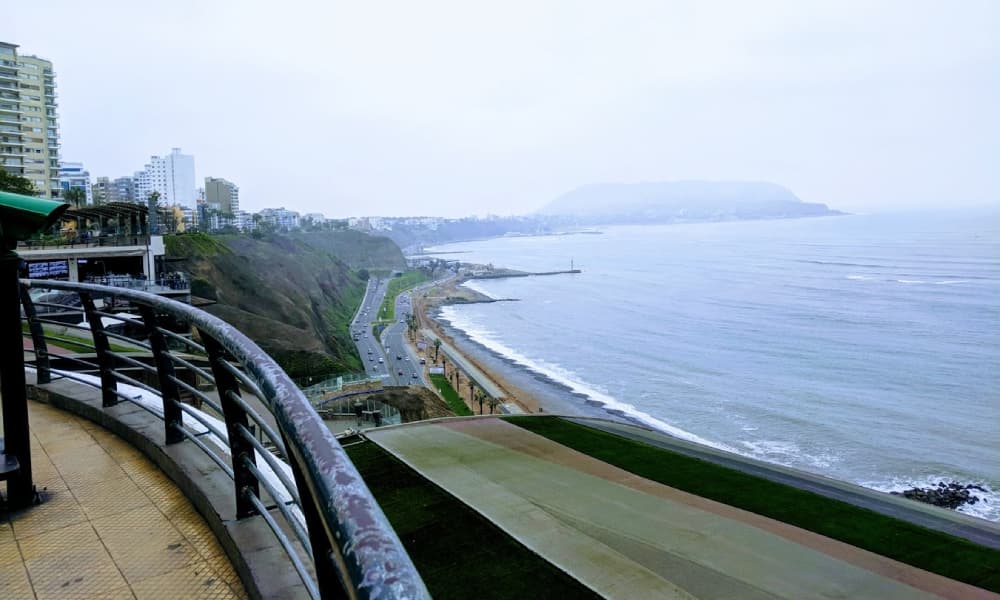
The highlight though, was the food. The glorious food. One particular treat from Peru — of which we ate several — was the chocolate brownie and ice cream. We still dream of this masterful concoction, which we've been unable to recreate or find quite as good anywhere else in the world.

Mornings and evenings were cold in Lima, and the day alternated from overcast with showers to burning sun. We kept on sunscreen and wore our Woolpower layers, tying the zip jacket around our waste when it wasn't needed.
After a couple days in Lima, we packed our Maxpedition backpack and boarded a PeruHop bus for an overnight trip south, down the coast of Peru, for boating in the Ballestas Islands and dune bugging in the desert oasis of Huacachina.
Ballestas Islands, Paracas National Reserve
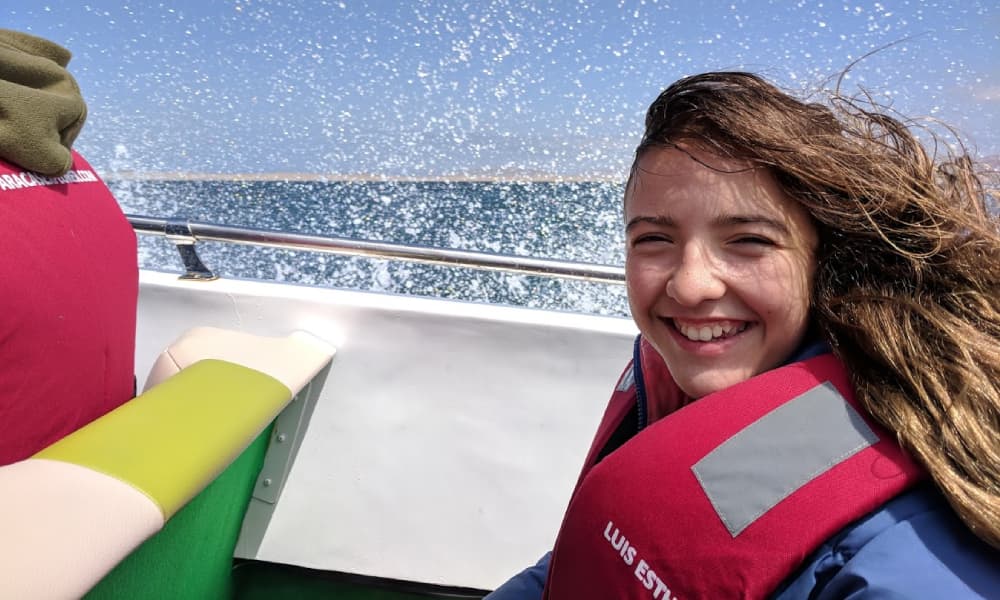
The Paracas National Reserve is a protected natural area consisting of desert, ocean and islands. The Ballestas Islands are affectionately known as "Peru's Galapagos." The boat ride was a blast. We saw sea lions, countless birds, and my daughter's favorite – the adorable humboldt penguin.
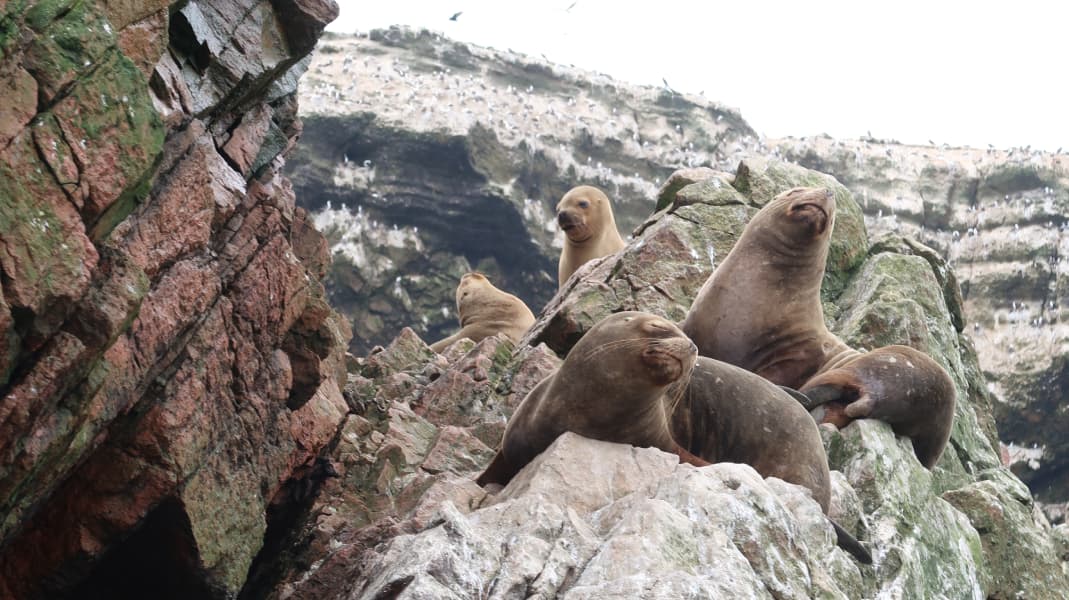
While the temperatures on the shore were scorching, the winter winds on the water were cold, providing another opportunity for the Woolpower layers to shine. Additionally, the Woolpower clothing when wet, dried in what felt like minutes.
After an afternoon on the ocean, we grabbed some food and water and headed back on the bus to head further south to Huacachina.
Huacachina
Rolling into Huacachina was an experience in and of itself – the roaring of high-powered dune buggies, the smell of burning gas, and the towering sand dunes eclipsing the small desert oasis.
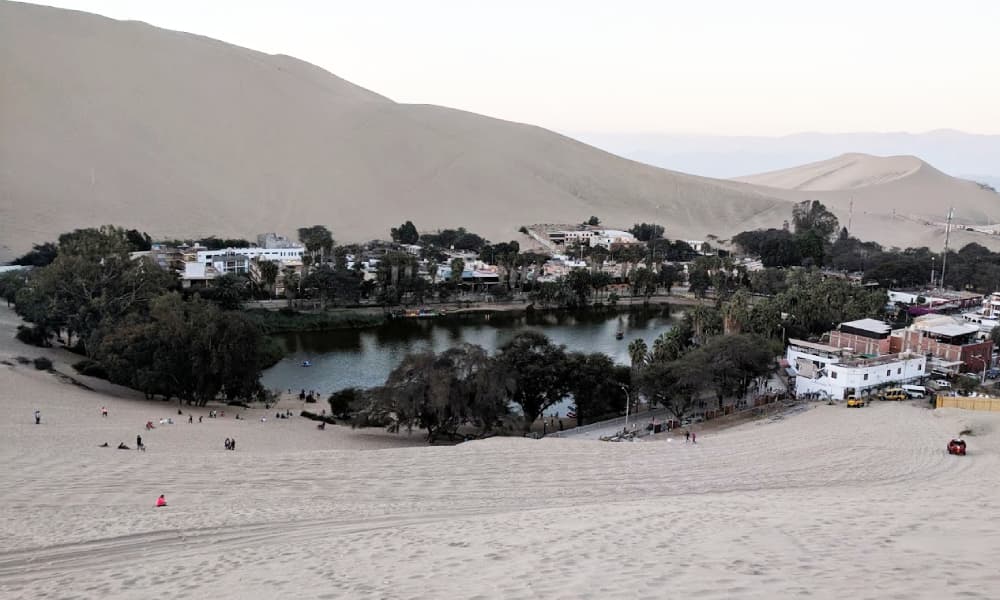
Ready for adrenaline, we didn't waste any time jumping in a buggy that looked like something from the movie Mad Max, and taking off across the expansive sand, up and down the dunes like a roller coaster.
After some hours of riding and sand surfing, we sat in and on-top of the dune buggy, watching the sunset across the Peruvian desert.
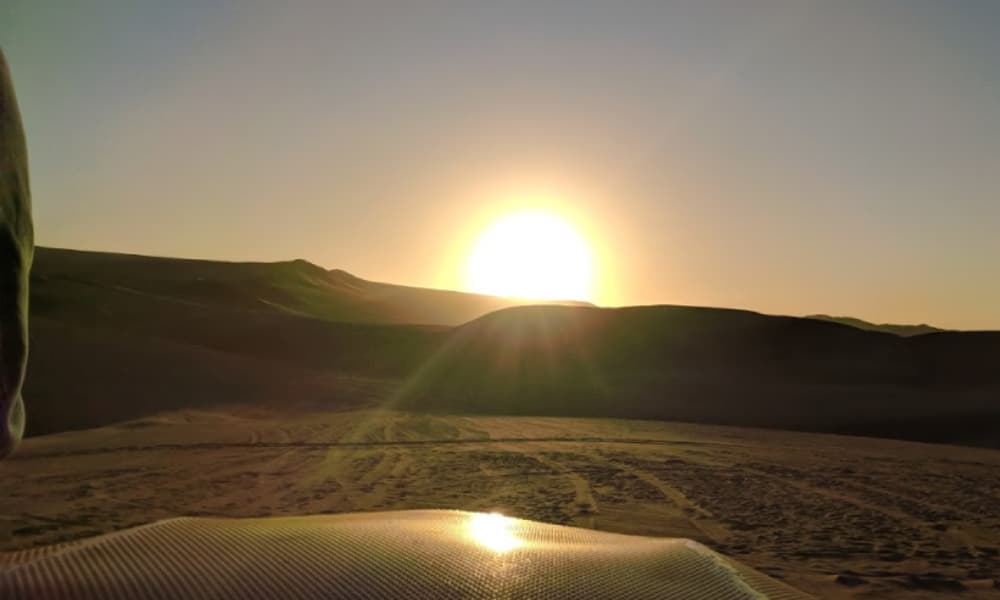
Late night in Huacachina was extremely cold, but the sand easily shook out of our Woolpower and was available to keep us warm as we sat up atop a roof-top lounge, enjoying brownie and hot chocolate under the crystal clear, star-lit sky.
We spent most of the following day enjoying the food and shopping in Huacachina before jumping back on the bus back to Lima, arriving at 11:45PM.
After a solid night sleep, we packed up and headed to the airport for our flight to Cusco.
Lima to Cusco to Urubamba
Stepping off the plane at Cusco was an experience I'll never forget; I thought I was going to fall over with shortness of breath, and every step felt like a drag. We were feeling every foot of the 11,000' elevation change from Lima to Cusco. We were immediately offered coca leaves and tea, but I don't think all the coca leaves in the world would have helped. We laughed through the feeling and made our way out of the airport.
I'd anticipated the effects of the altitude change, and scheduled transportation from Cusco to a slightly lower elevation in the town of Urubamba, giving us time to climatize before tackling the hike at Macchu Picchu.
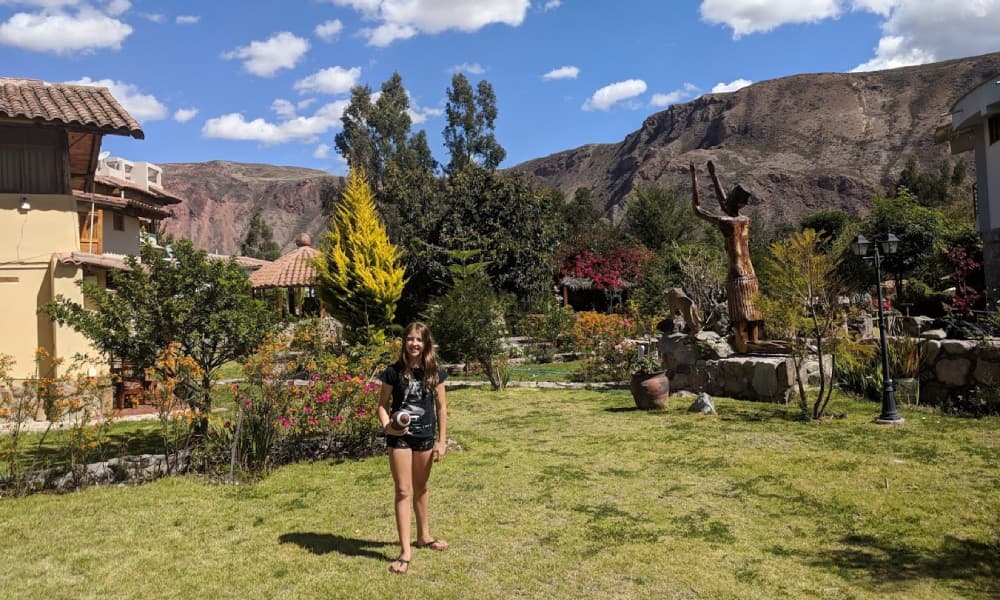
We stayed in a countryside hotel where we relaxed and ventured out into the small community to spend time with the locals.
Cusco
As our taxi barely made its way through the small cobble stone streets in Cusco, it was apparent that the roads were not made for cars. History radiated from every piece of architecture.
The religious and spiritual capital of Peru, Cusco was by far our favorite city on the trip to Peru. We'd read online that we'd likely want to spend more time in Cusco than expected and scheduled in a couple days. I'd like to pass along that gem of information.
This time also provided the opportunity to further adjust to the altitude change. On day 1, walking up the steps to our hotel felt nearly impossible, but after a couple of days in Cusco it was easily manageable.
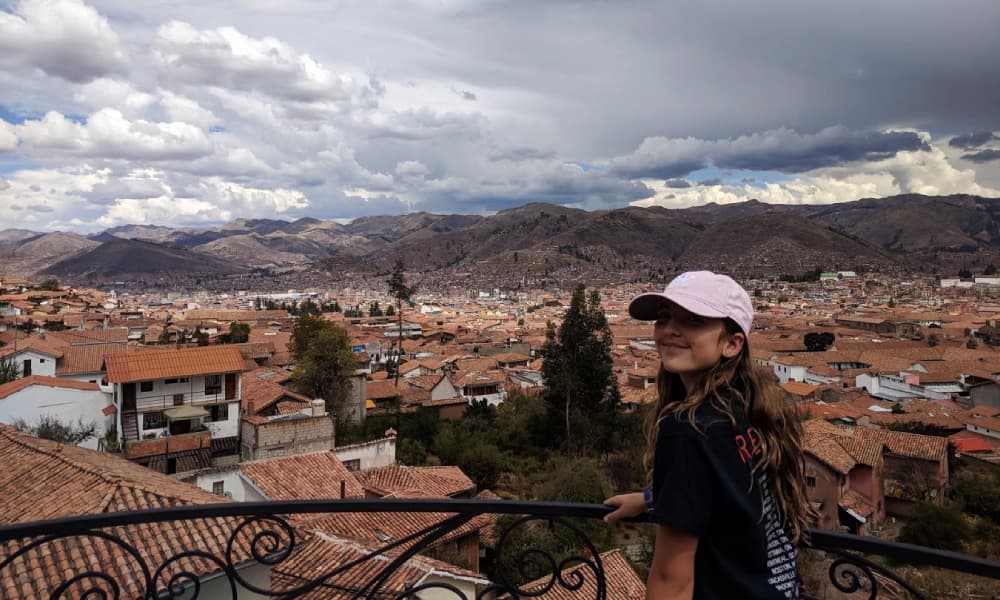
We spent a couple days taking in the food, cathedrals, ruins, merchants and countless monuments.
Standing in Plaza de Armas signified a juxtaposition between modern day and the height of the Inca empire, while remaining awash with history.
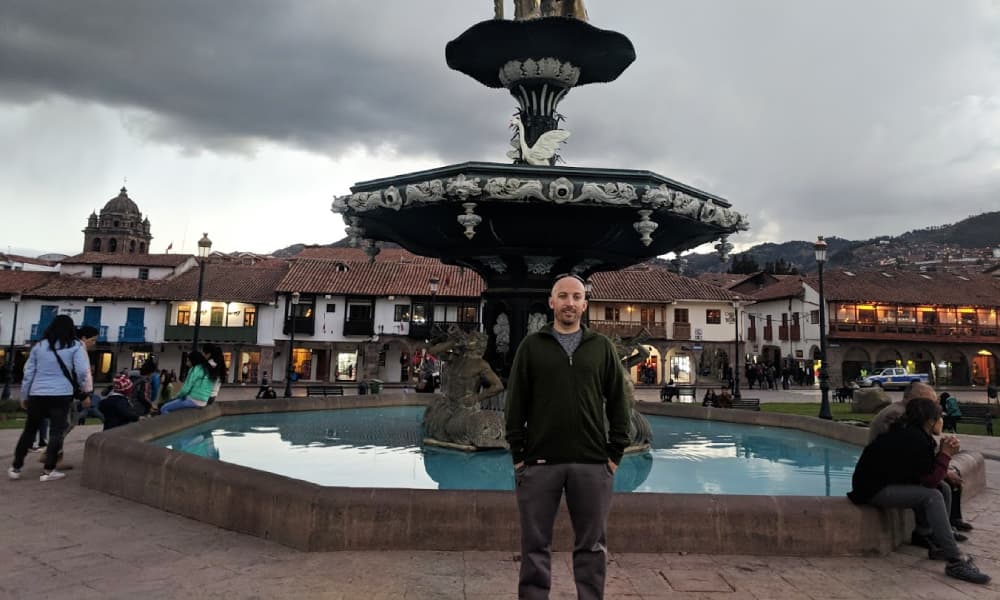
While not as expansive as the stonework of Machu Picchu, the Sacsayhuman ruins were impressive. While the Spanish destroyed most of the Incan monuments, original stones left in Sacsayhuman were too large to move, a testament to how they got there in the first place.
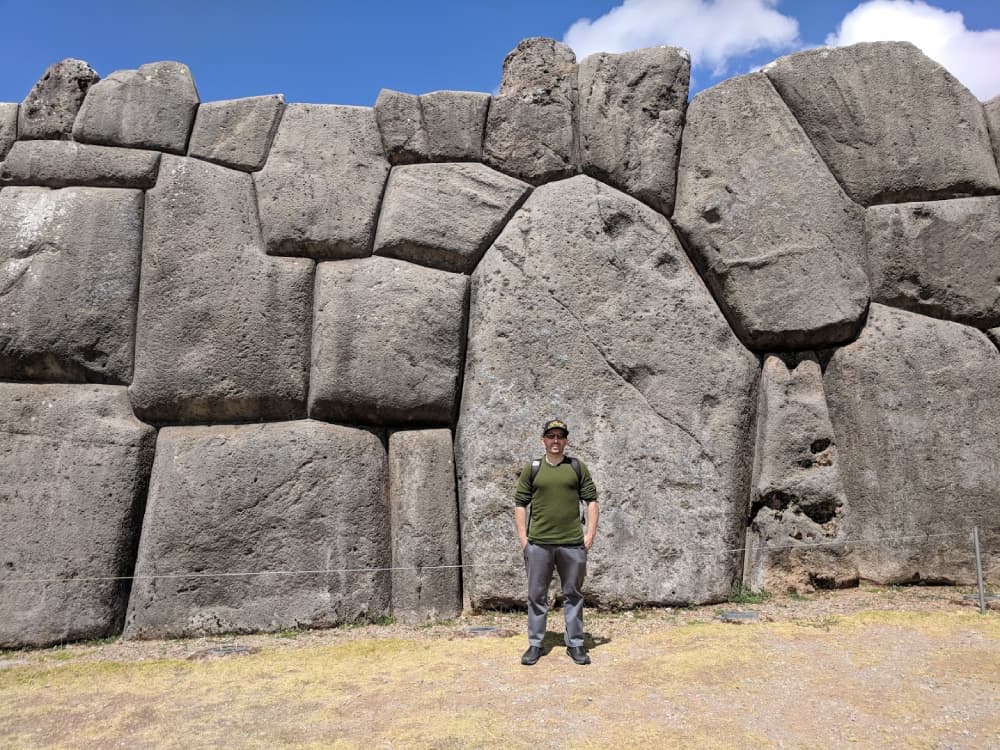
How could we pass up the opportunity to say hi to the adorable alpacas?
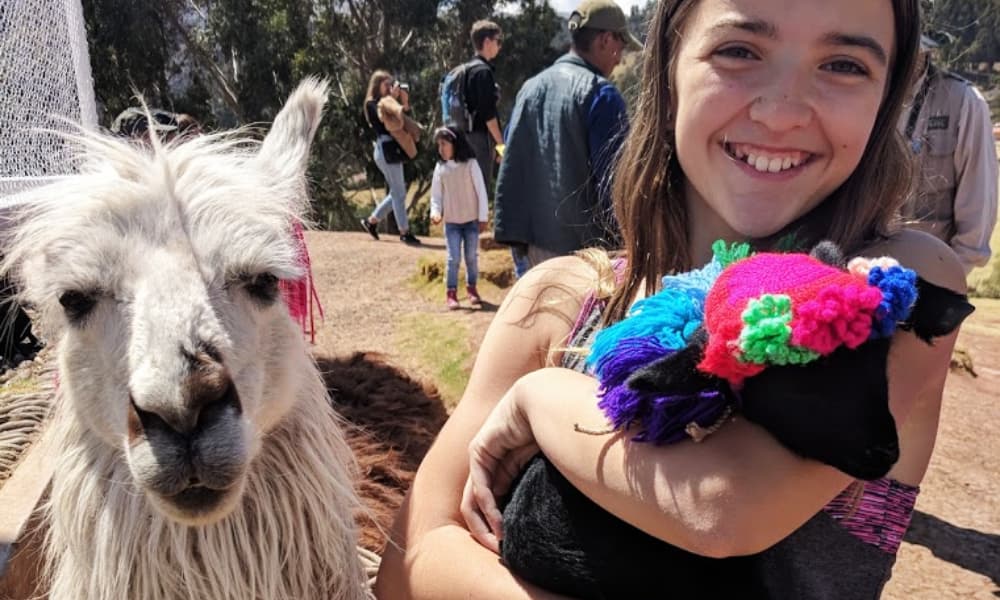
Inca Trail, Machu Picchu
After our time in Cusco, we were acclimatized, excited and ready to make the trek up the Inca Trail to Machu Picchu. We woke around 4am, and took a train adjacent to the Urubamba river to the 104km mark of the trail. While it's possible to do a 5-day trek up the entire Inca Trail, we elected to do a two-day overnight, which I think was a wise choice not only for time, but considering how challenging the trail was in hindsight.
While Woolpower served us throughout the trip, the real test was about to begin.
The Cold
Morning was COLD; just above freezing. We layered up in our Woolpower and met at the base of the trail where we were introduced to our guide and treated to a wonderful breakfast from the cooking crew.
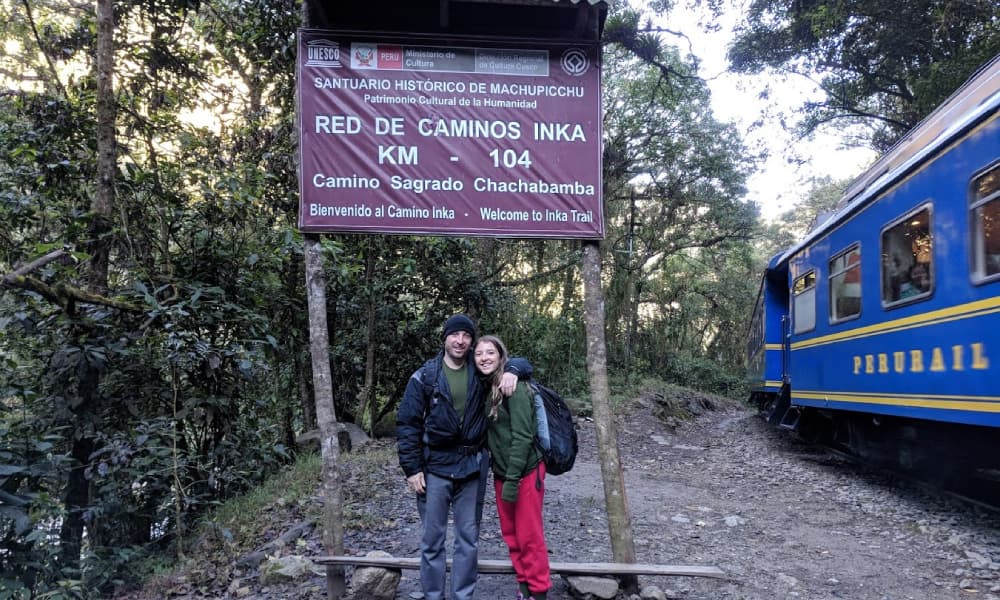
As we set out on our 12km trek, our guide told us stories about the Inca and the history of the empire. He taught us some Quechan, and told us stories about how prior to the discover of Machu Picchu, the Quechan were treated as "dogs," and that with the history of Machu Picchu becoming known, that has changed.
The terrain at first was forest like with a slight incline, and the Woolpower layers served their purpose, keeping us warm yet dry along the first few hours of the trip. This would change however, as the trek seemed to take on four seasons rolled into one day.
The Heat
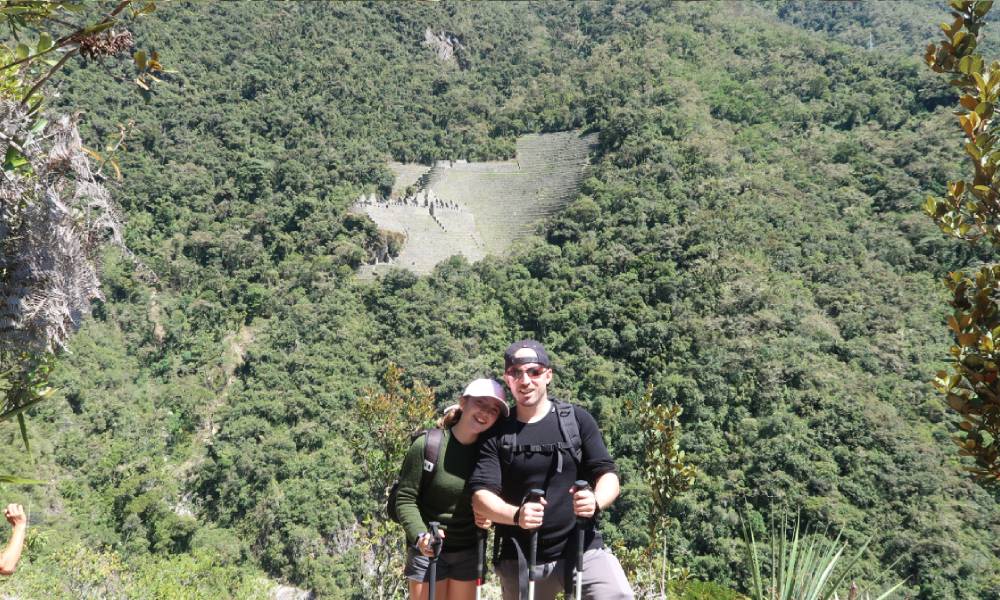
By early morning, the climate and the terrain had a stark change. The incline was severe, with my daughter starting to really feel the effects of the heat and the pressure on her quads while taking giant steps up bouldered "stairs."
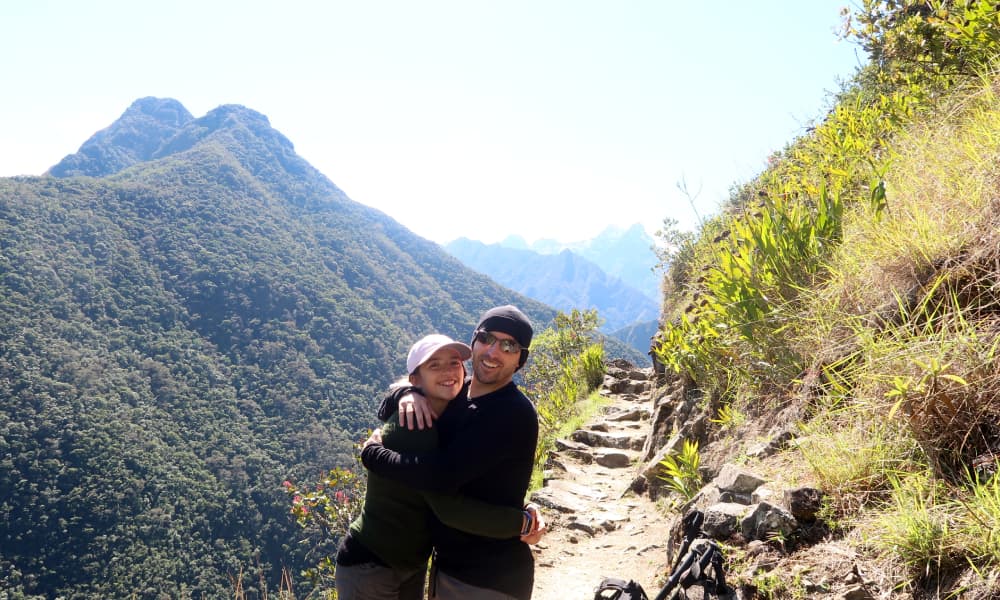
We layered down to our Woolpower T-Shirt, but felt the sun burning. We lathered up with more sunscreen and bug spray, and dawned our Crewneck to give a little more reprieve from the sun's rays. I switched my hat to the Beanie since my hat wasn't wicking away the sweat and it was HOT. We're talking 40+ degrees Celsius (104F) with no wind.
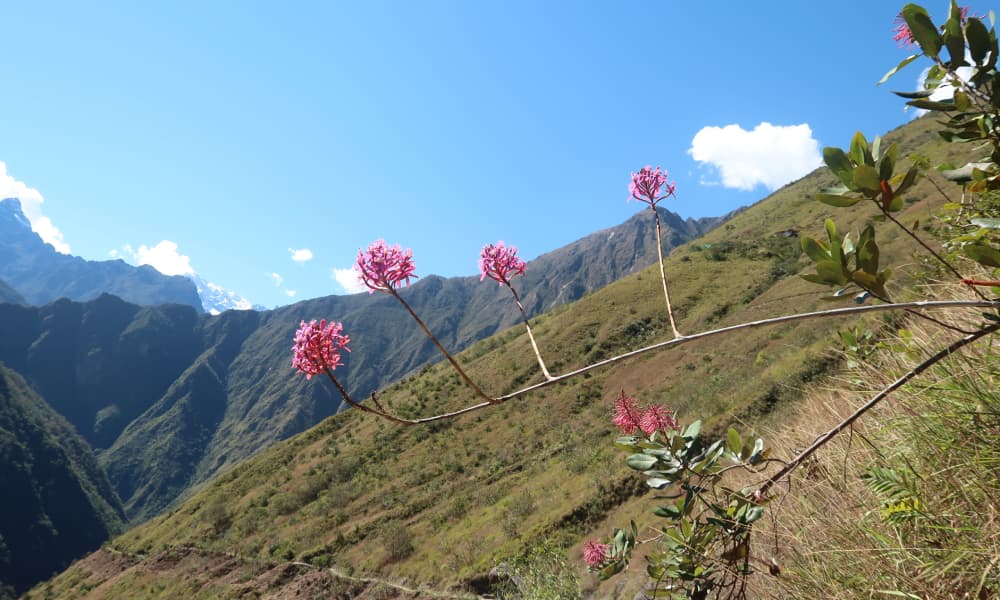
As we proceeded across the Inka Trail, the drop-off to our right was massive with a noticeable absence of any type of barrier.
The view was breathtaking, and there were gorgeous flowers, birds and even a waterfall where we happily stopped to get misted. My daughter and I both had a renewed sense of energy.
The Rain
On the back half of the trek, the weather began to feel ominous. The air had chilled and black clouds rolled in menacingly.
We once again dawned our Woolpower Full Zip Jacket and stored all of our belongings in our Maxpedition backpack and under our poncho.
As the rain dropped in buckets, we kept our head down, focusing on the trail, being overly cognizant of the side of the cliff. We continued along the Inca Trail, thinking about the building and use of this path during the time of the Incan empire.
Magical Rainbows
As we rounded, unknowingly, one of the last corners before the Sun Gate to Machu Picchu, the rain abruptly turned to a drizzle and stopped, the sun forced the clouds to open, and rainbows appeared in a magical moment.
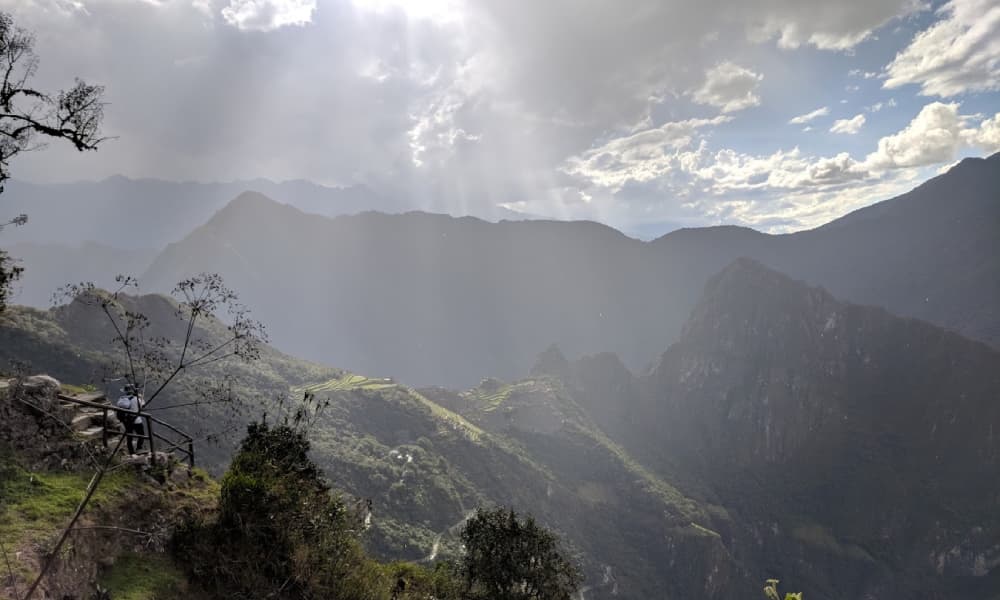
Kaylyn, who had trudged through the final leg of the trip, became full of energy. She started running, faster and faster along the now solidified path, looking back occasionally only to ensure she was still under my watchful eye.
The feeling of turning the corner and seeing Machu Picchu is something that can't be explained with words. The energy is all-encompassing and its spiritual depths radiate. The feeling of one's own place in time and space feels overly apparent.
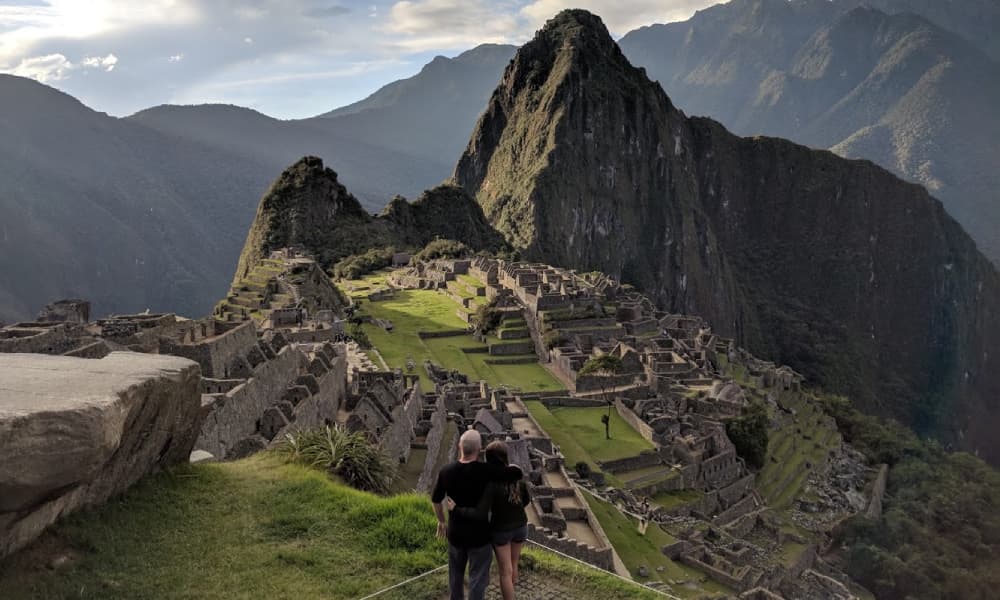
The trek was broken up overnight to allow us to get to camp before dark and wake up to explore the ruins more fully the following day. Plus, we were tired and hungry. We spent an hour or so appreciating Machu Picchu before heading into camp.
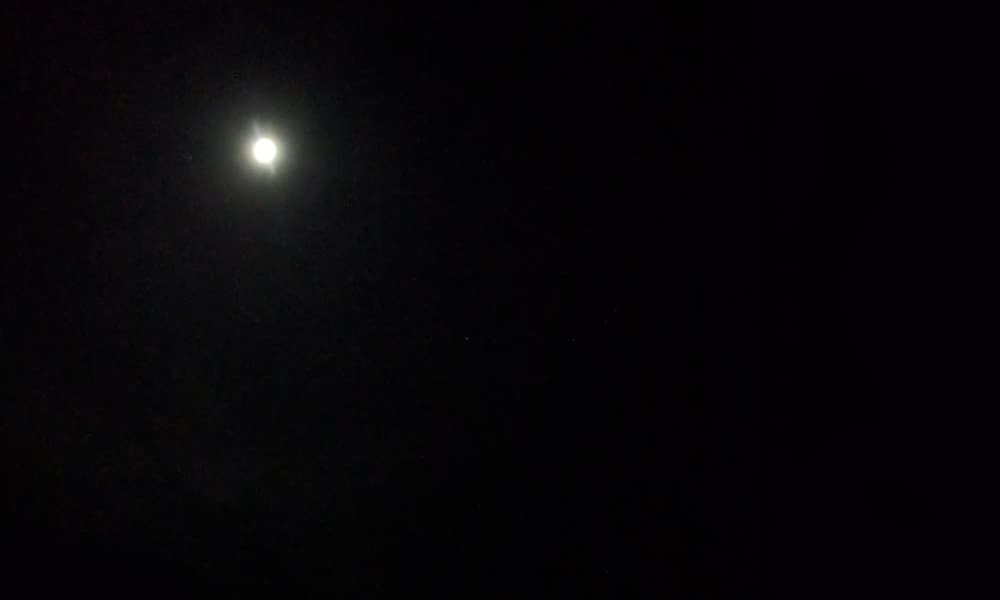
Tucked into the Andes mountains, night fell completely dark. A funny moment happened as people dawned their flashlights to walk the path from camp to dinner. The four flashlights and headlamps of the others barely lit the way, and when we turned on our Fenix HL60R Headlamp things lit up like a football field, allowing everyone else to turn off their lights.
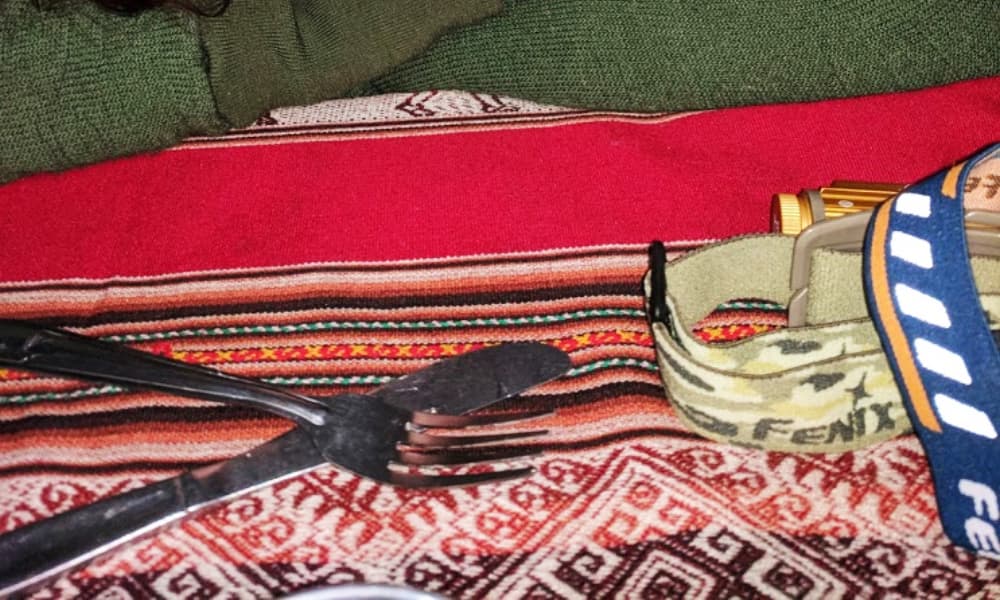
After dinner, we rolled out our Exped Synmat HL Sleeping Mats which were easy to inflate using the provided bagged air pump. The mattresses are extremely comfortable and are rolled up on the sides to prevent rolling off. I'd say Kaylyn slept like a baby, except she never slept as a baby.
Aguas Calientes
After spending most of the day exploring Machu Picchu and learning the history of the Inca Empire, the Spanish Conquests, and basking in the energy of the Sacred Rock, we headed into Aguas Calientes, the small town at the base of Machu Picchu.
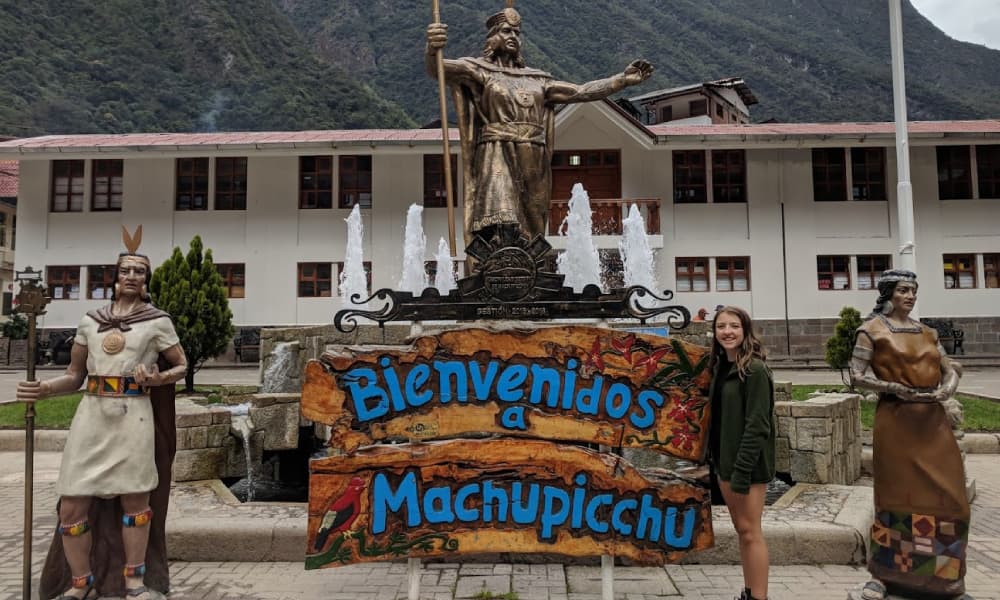
After rejuvenating massages and a great meal, we jumped on the train back to our hotel in Cusco and packed up for the next leg of the adventure.
Somewhere in the Middle of Peru
Next on the trip, was a 10-hour bus ride across Peru, taking in the lands and the vastly different landscapes while stopping at ruins, churches, and museums.
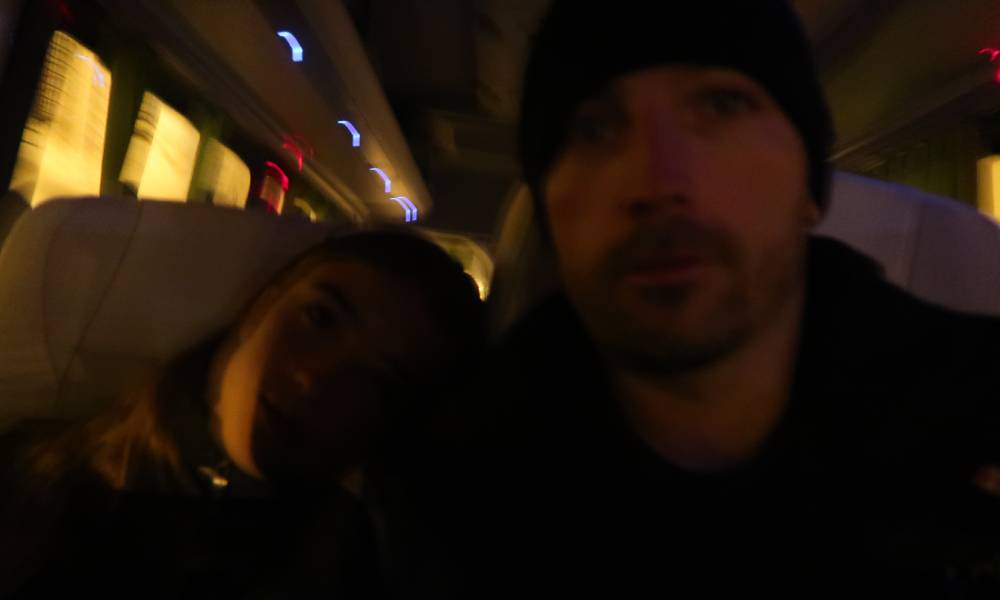
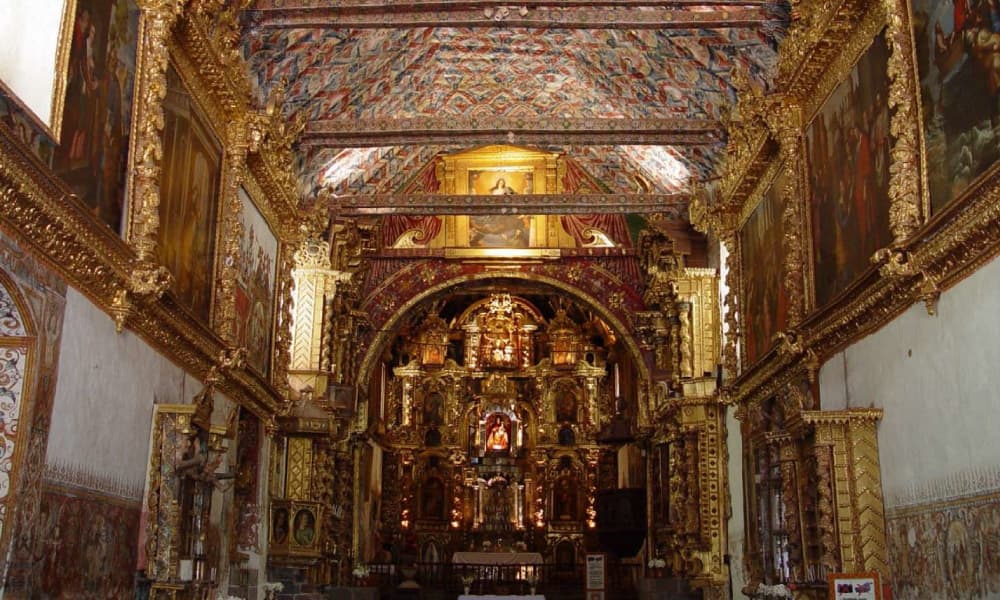
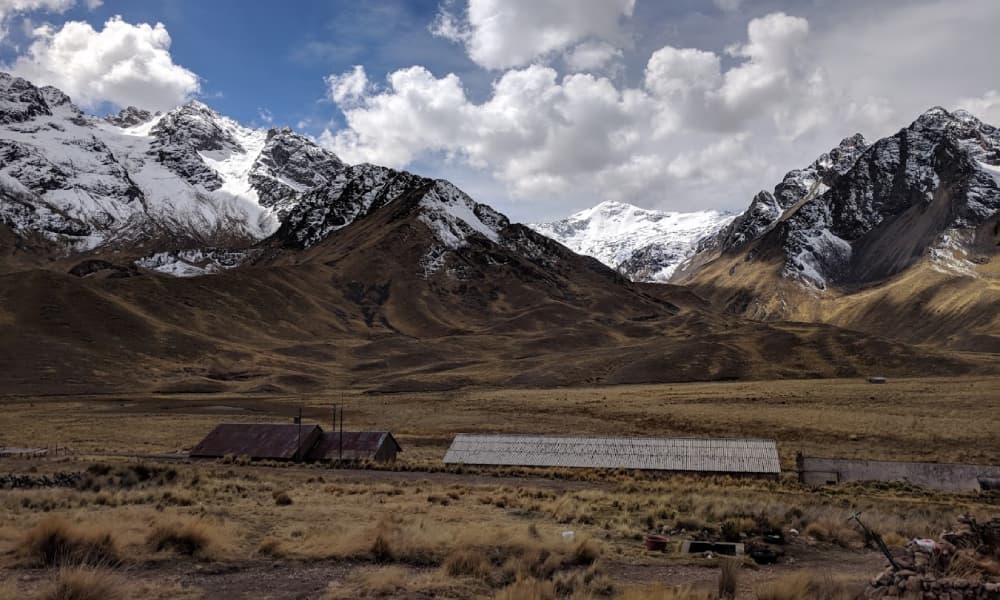
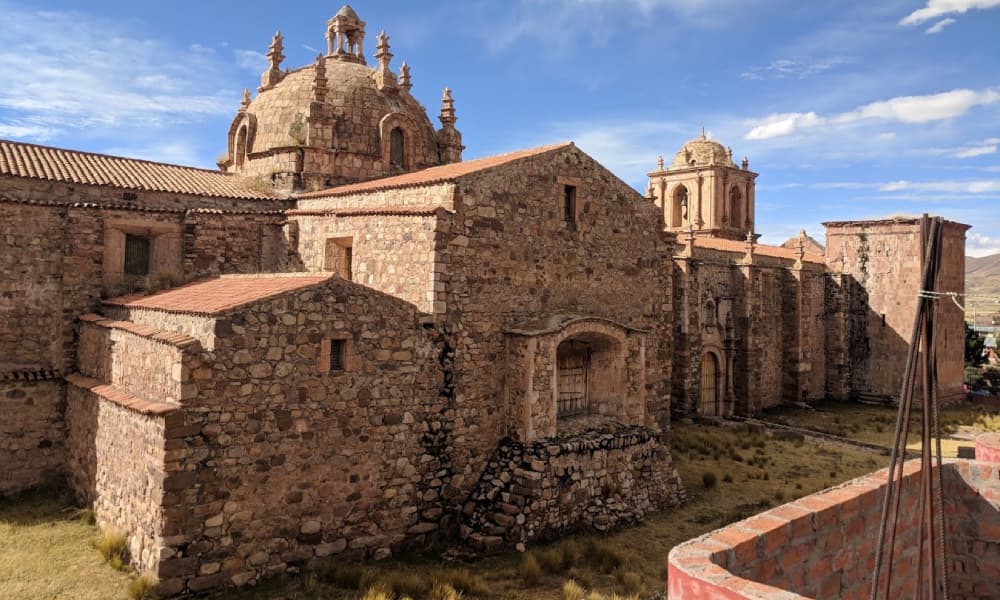
Floating Reed Islands, Lake Titicaca
One of the things I enjoy most about adventurous travel is seeing how vastly different the world can be, and showing my daughter that one can choose how they desire to live. Life on the Floating Reed Islands certainly falls into that category.
Approximately 500 years ago, the Uru built shelters on small islands made of reed on Lake Titicaca, allowing them to escape threats by moving their island on the water. Today, somewhere around 5000 people still live on these floating islands. While some have opened up their islands for tourism to supplement their resources, others have chosen to remain isolated.
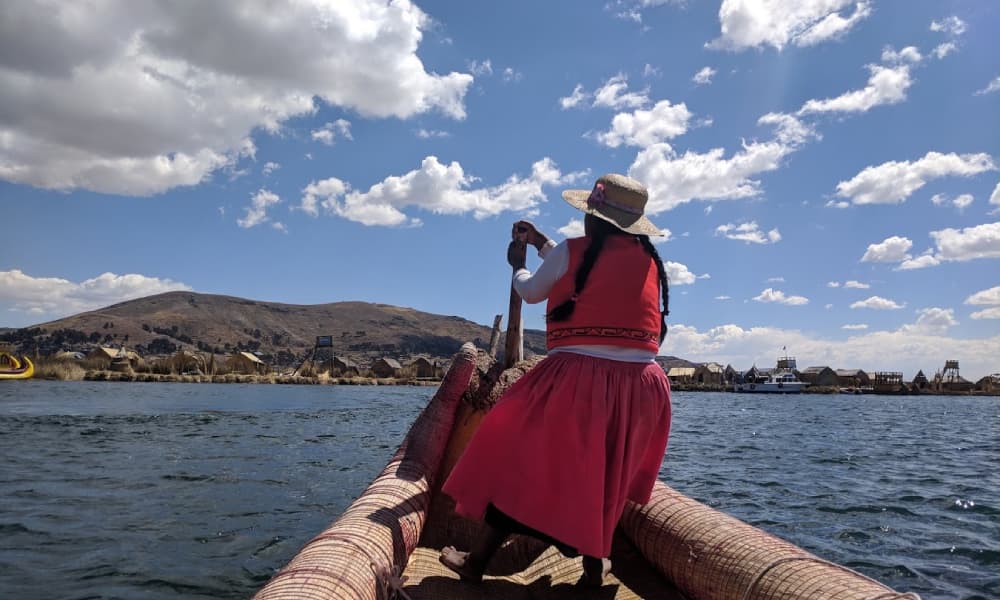
Our host family picked us up on shore and took us to visit their reed home. They were extremely welcoming, showing us how they live, prepare food and find the resources they need.
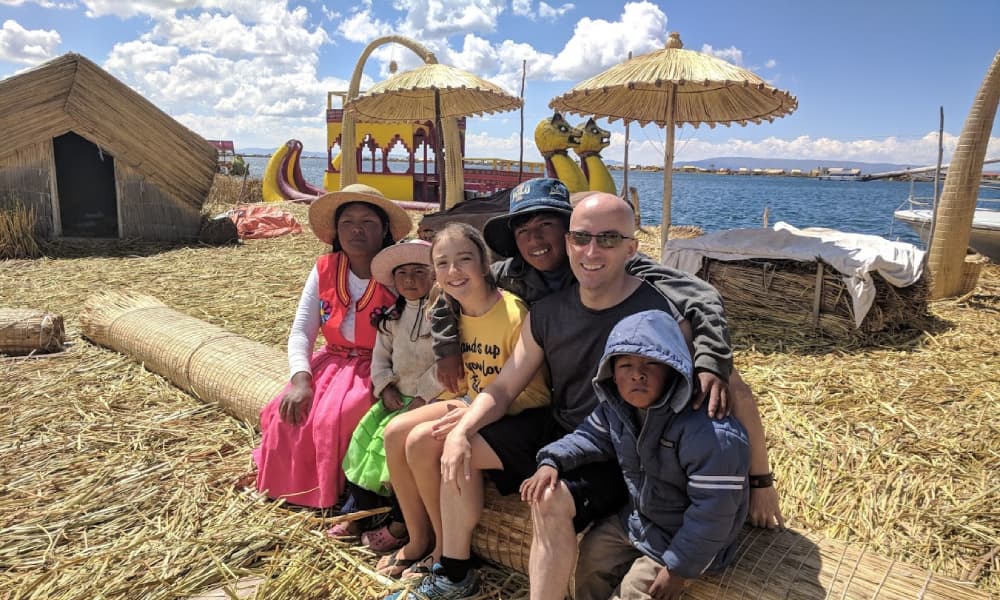
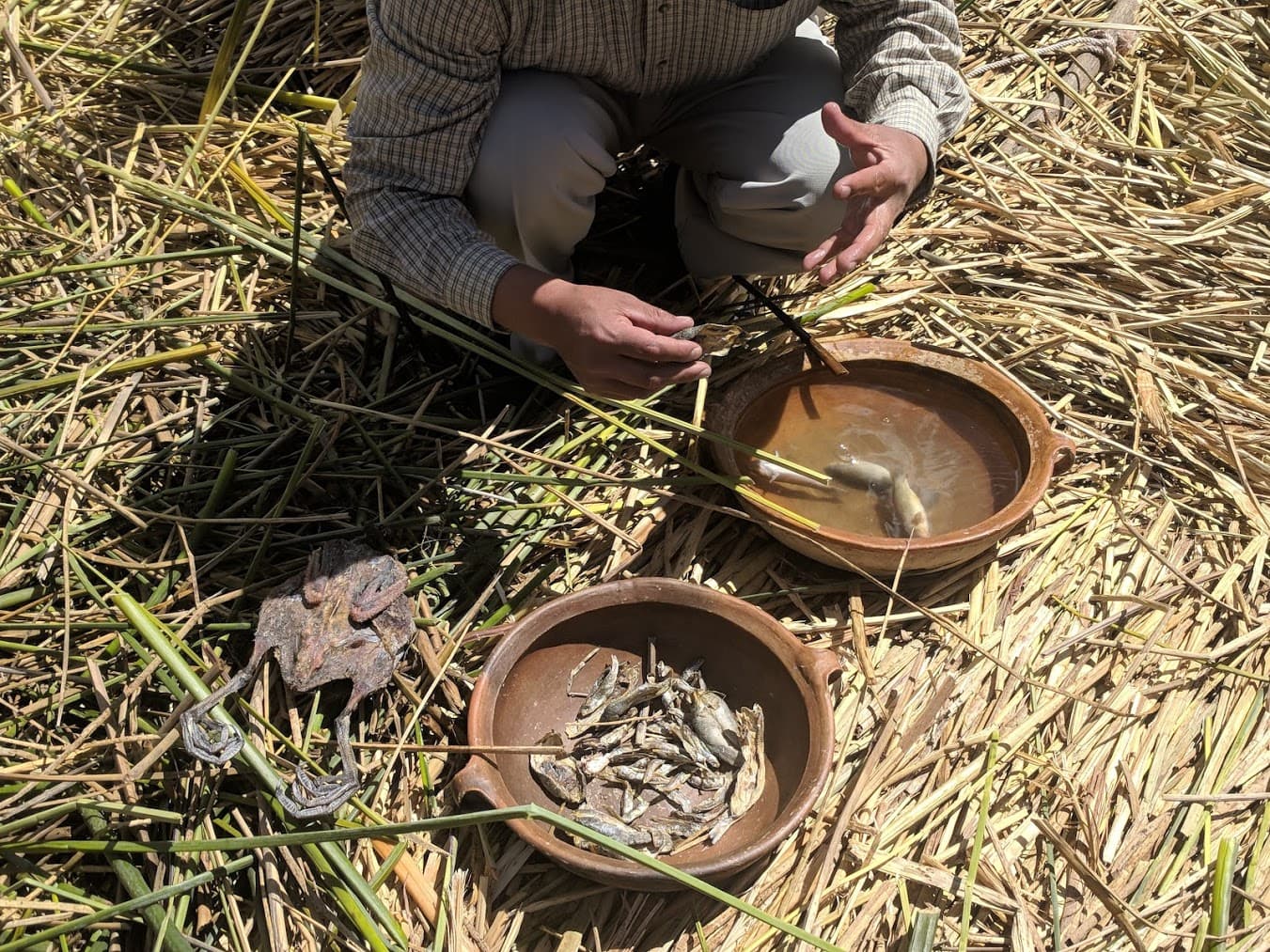
After a day on the islands, we headed back to our hotel for a sunset dinner.
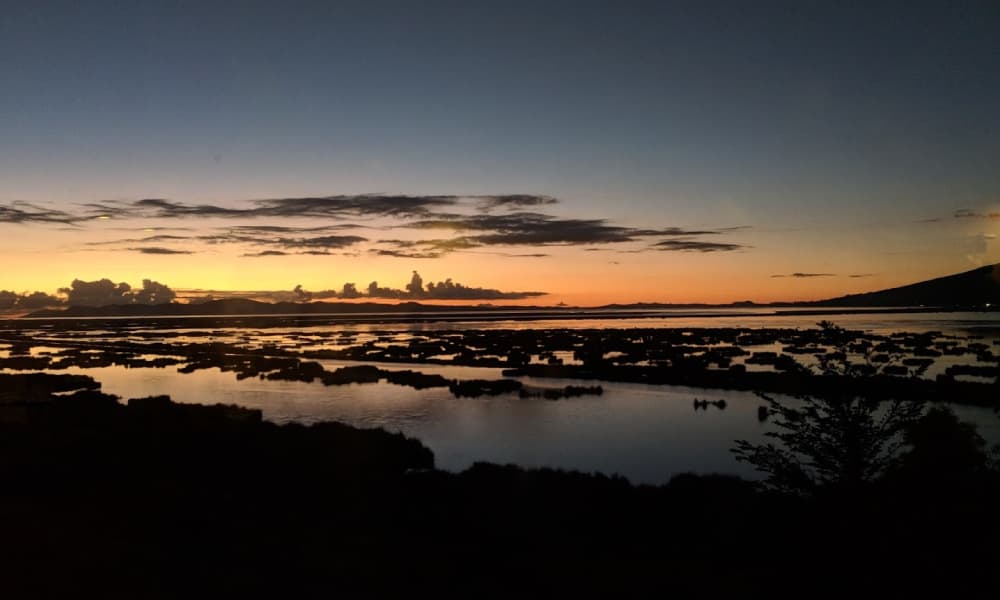
The following day we headed into the city of Puno, and found ourselves in the middle of a political campaign. Kaylyn made her Peru television debut, accidentally turning a corner into a live interview with an epic, "I see the ice-cream place!"
After another day of relaxing and the enjoying the amenities of our hotel, we again packed up and were ready to head out, this time for the Amazon jungle.
Iquitos
Arriving in the northern Amazon, Iquitos was surprisingly bustling and felt more like the streets of Thailand than a remote jungle. Traffic buzzed in all directions, with scooters and tuk tuks whizzing in every direction. Iquitos we learned, became a center of commerce in the Amazon rainforest during the rubber boom at the turn of the 20th century. The population is now roughly 500,000.
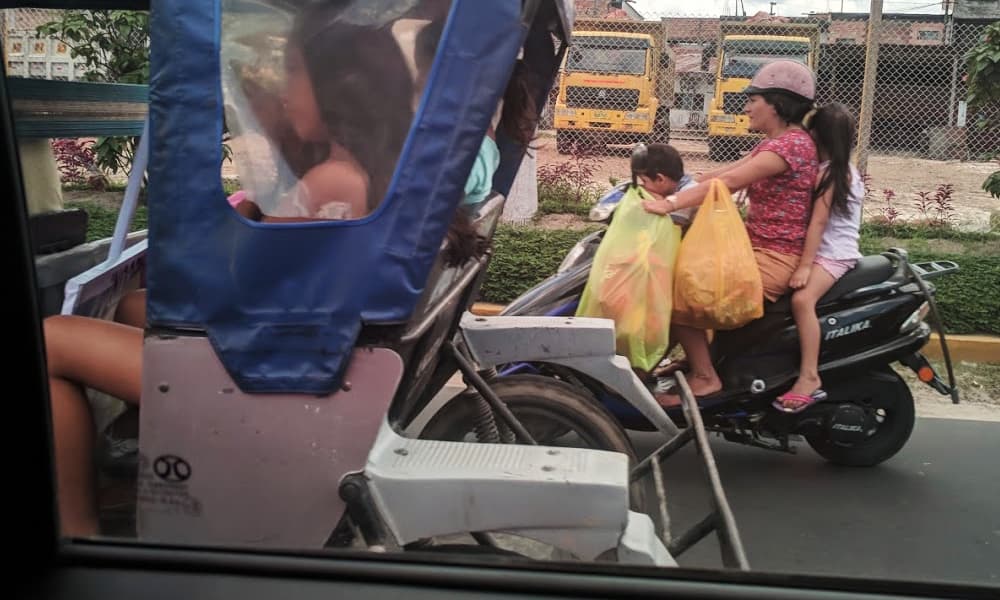
We arrived late, and headed into the Plaza de Armas, a beautiful city square with food, shops and on this night, a live performance.
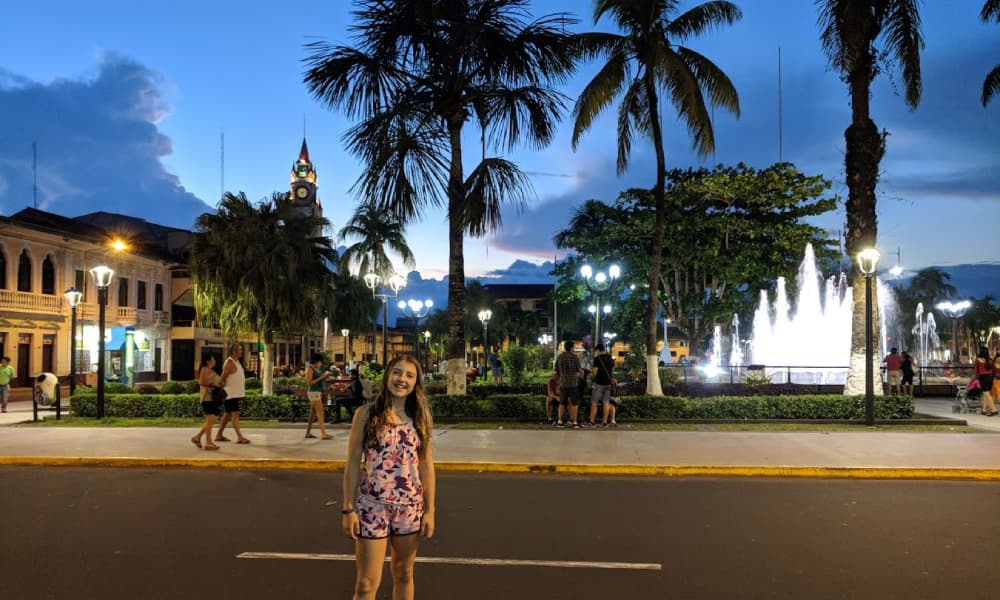
We spent the following day exploring Iquitos before packing up and readying for our boat ride up the Amazon river to our lodge.
The next morning we got up and took a taxi down to the boat docks.
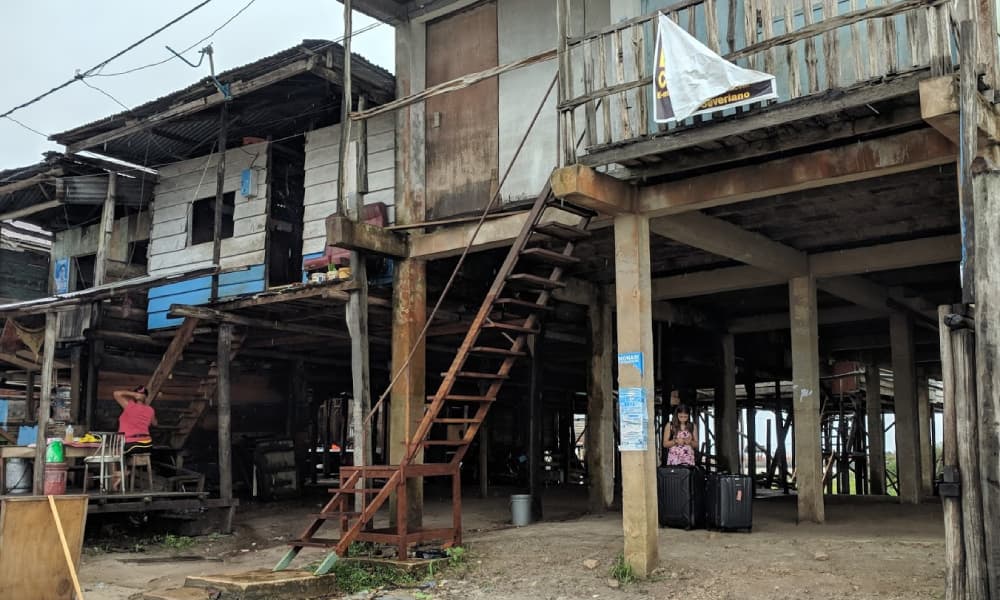
Amazon Jungle
The boat ride to our lodge was about 30 minutes. How cool was it to be boating across the Amazon? Very.
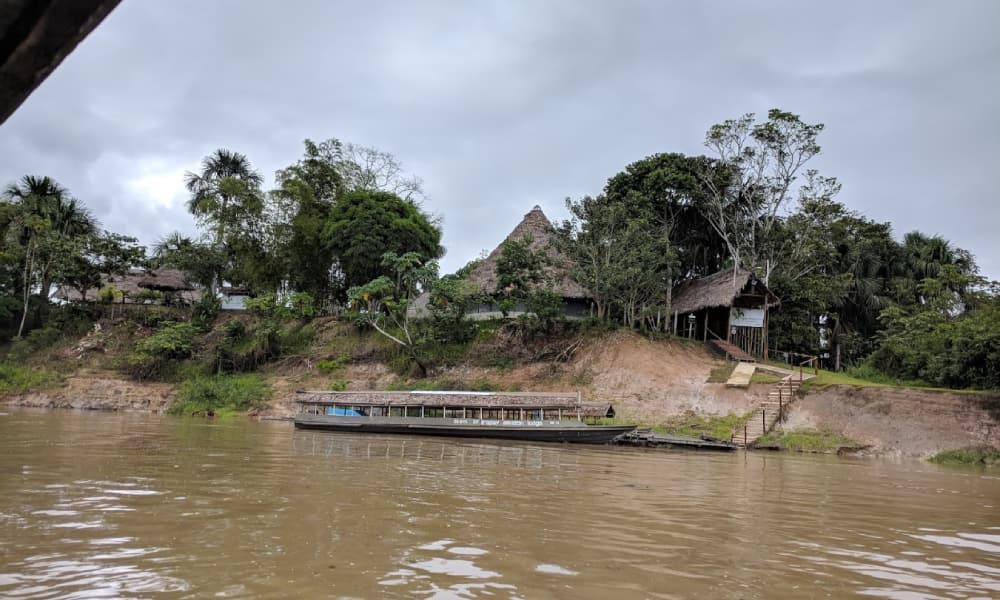
We checked into our lodge and were informed of the power restrictions; power was off all night and only available at certain times throughout the day. We felt prepared for night with our Fenix Headlamps and were happy to unplug. We immediately hit the pool.
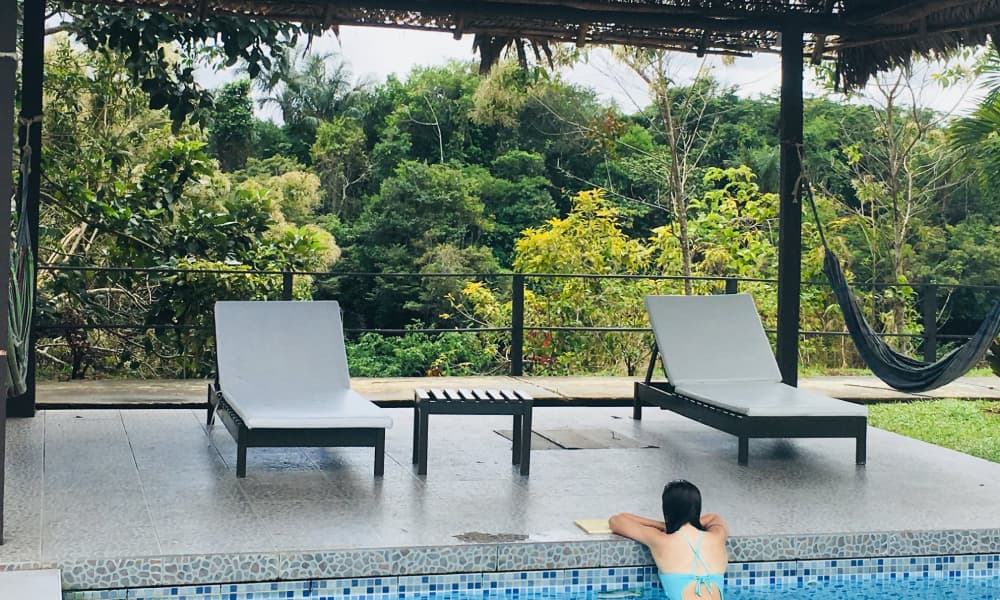
We stayed at the hotel for 5 days, swimming, playing games and spending quality time completely unplugged.
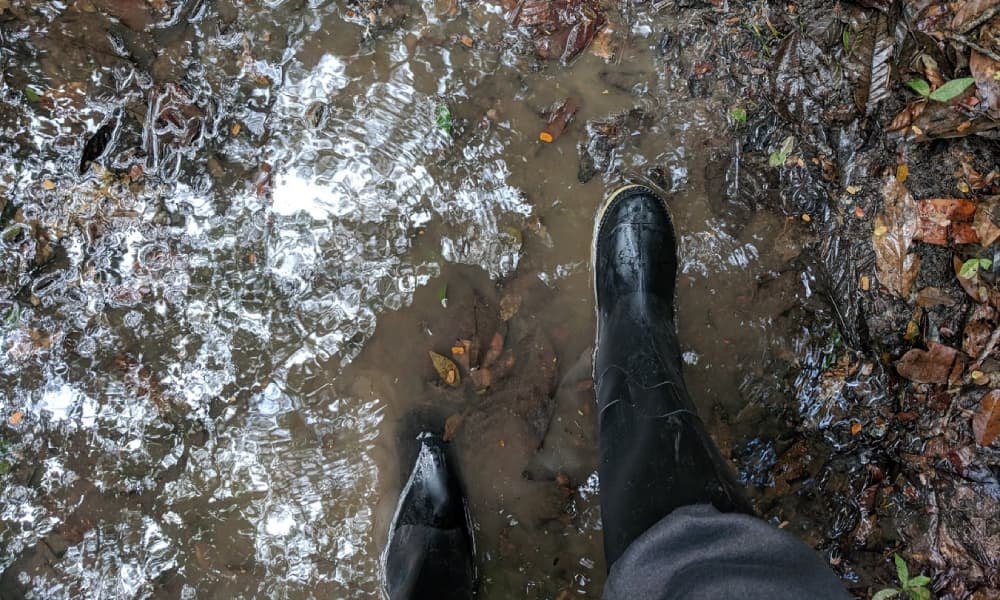
We took a wildlife tour into the jungle and had the opportunity to meet members of a tribe native to the area.
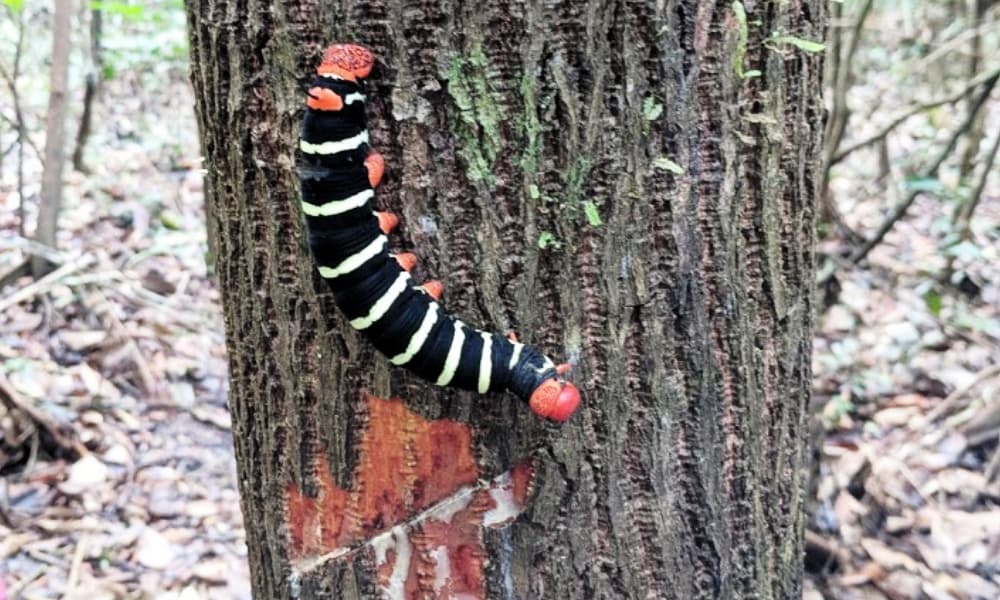
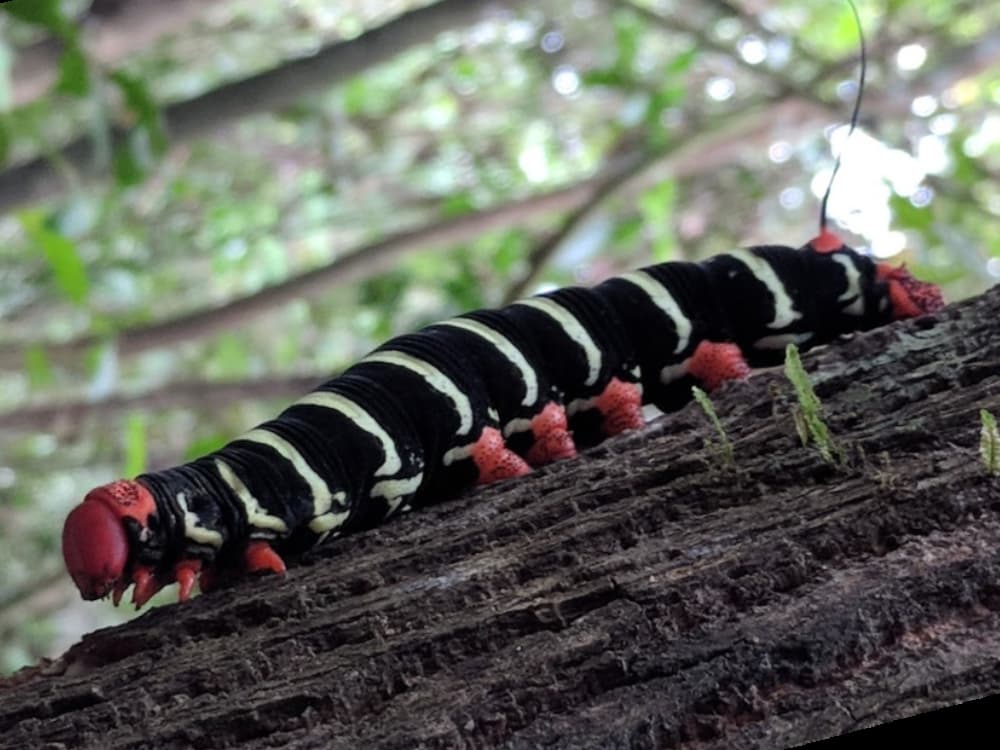
The Amazon is not surprisingly full of insects, and we kept our Woolpower zipped and our beanies on our heads, just for good measure.
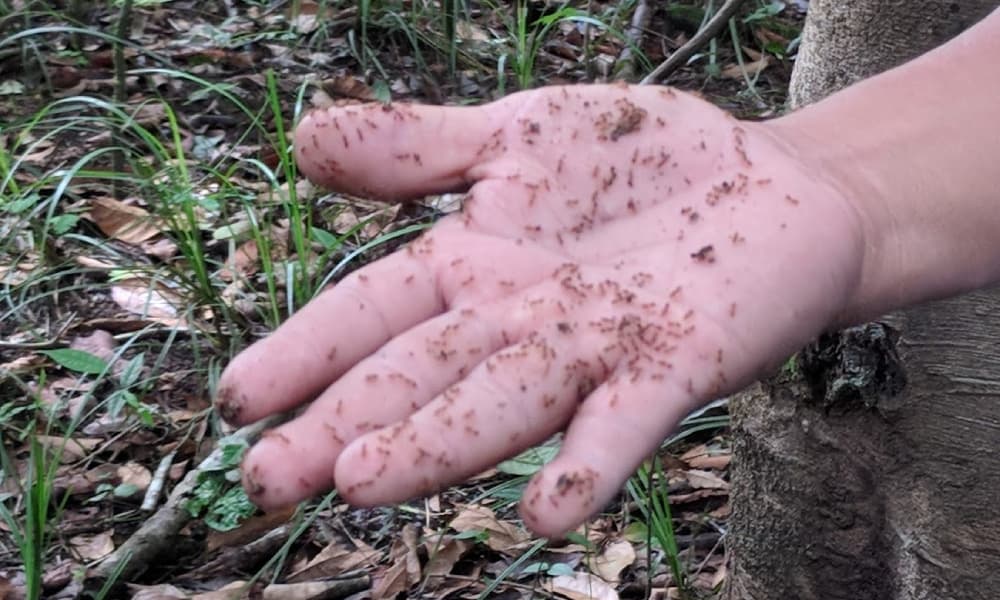
A highlight of the trip was a long boat ride through the Amazon in search of and finding pink dolphins.
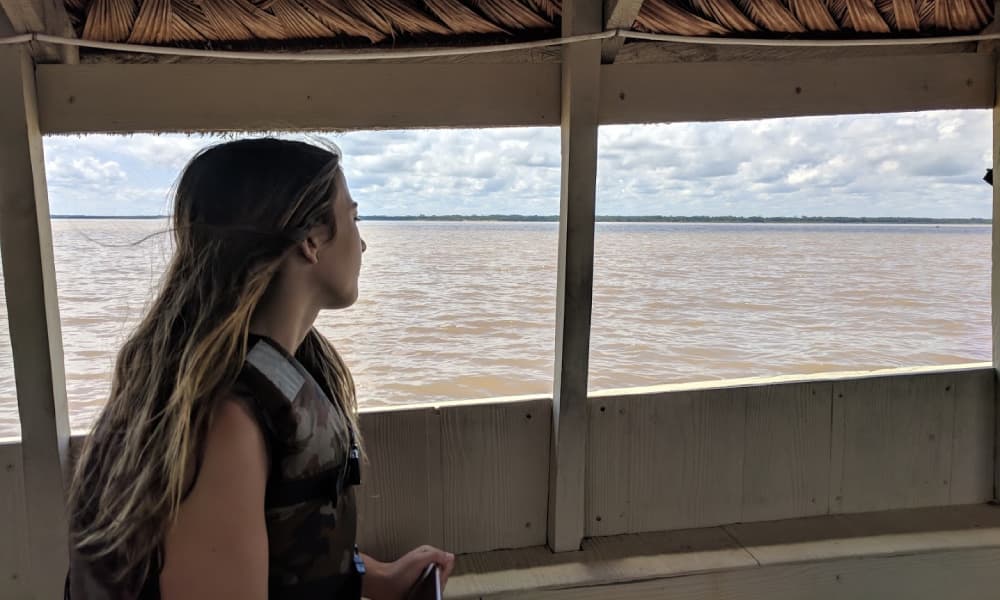
After rejuvenating at our oasis in the Amazon, it was sadly time to return to the concrete jungle.

Performance Review of the Gear
The Woolpower clothing performed amazingly. It protected us from the sun, warmed us from the cold and wicked away sweat to keep us dry. Sand from the desert shook out easily and water from the oceans and rivers dried quickly. We wore the gear for 3 weeks and it never smelled or felt uncomfortable. I should note also, both my daughter and I have – let's say – a high sensitivity to sensory discomfort – and find regular wool unbearable. The merino wool of Woolpower was comfortable for us.
The Exped Synmat HL Sleeping Mats were perfect, as they're extremely comfortable, fast to inflate, and most importantly, unbelievably compact. We had just two suit cases for three weeks, and I've never known a sleeping mat to take up so little room.
The Fenix HL60R Headlamp was fantastic. Being a headlamp, it kept our hands free when needed. The Fenix Headlamp can eclipse the standard flashlight, but has multiple brightness settings including a lamp setting we used for in the tent.
My favorite feature of the Maxpedition Vulture II Backpack was having both the padded chest and waist straps, which kept the pack comfortable and well balanced without pressure on the back. It was durable and water resistant. No complaints, which is what you want in a backpack.
Fortunately we never had to use the Mountain Day Tripper Lite Medical Kit but felt assured knowing it was available if needed.
Shop The Gear
Jonathan Peters

Jonathan is an avid world-traveler on a journey to see the world with his youngest daughter. Recent trips include Singapore, Malaysia, Hong Kong, Australia, Thailand, Peru and Costa Rica. When Covid restricted, you'll find Jon hiking and running the trails of Maple Ridge, BC, located in the northeastern section of Greater Vancouver between the Fraser River and the Golden Ears mountain summits.

